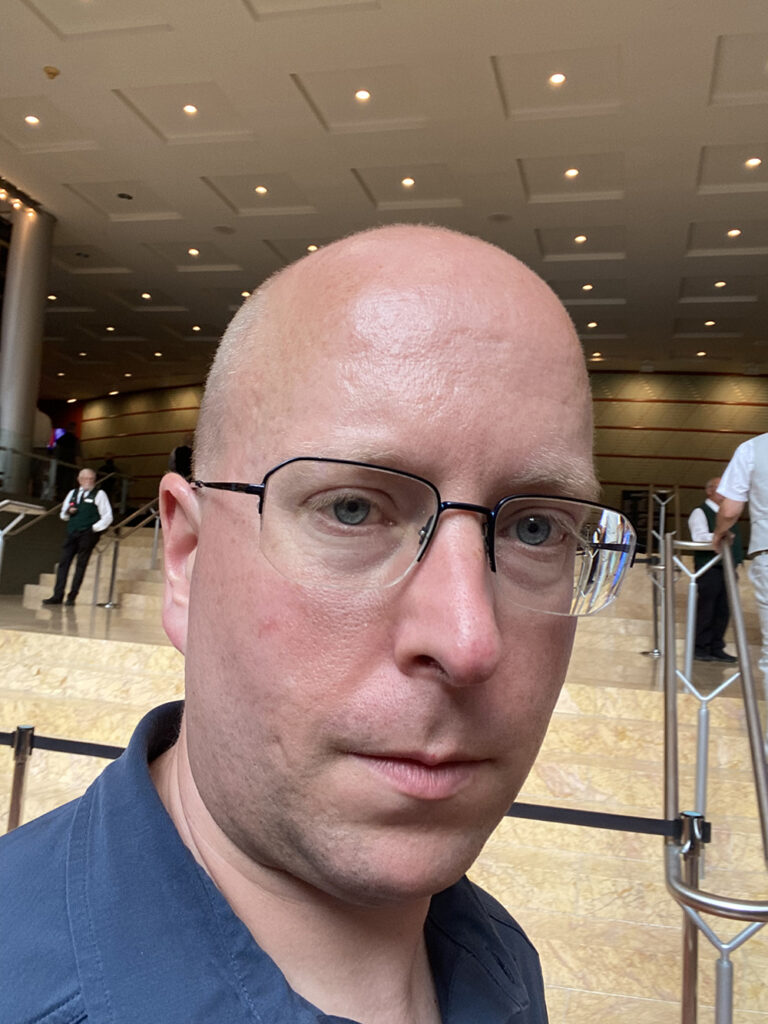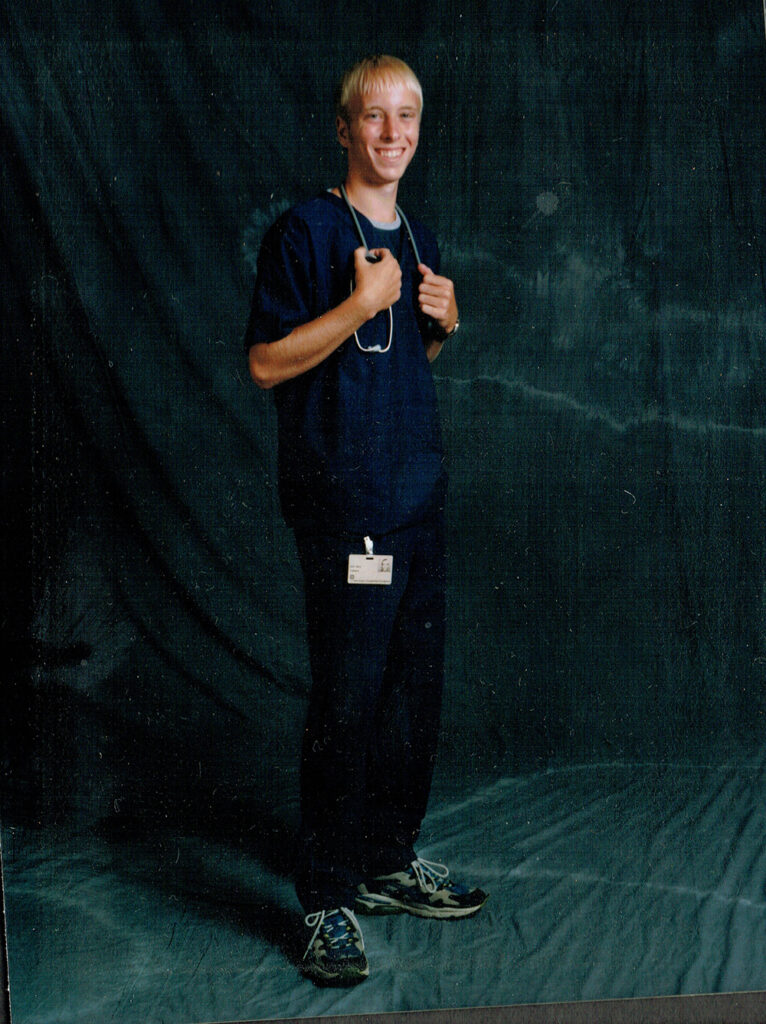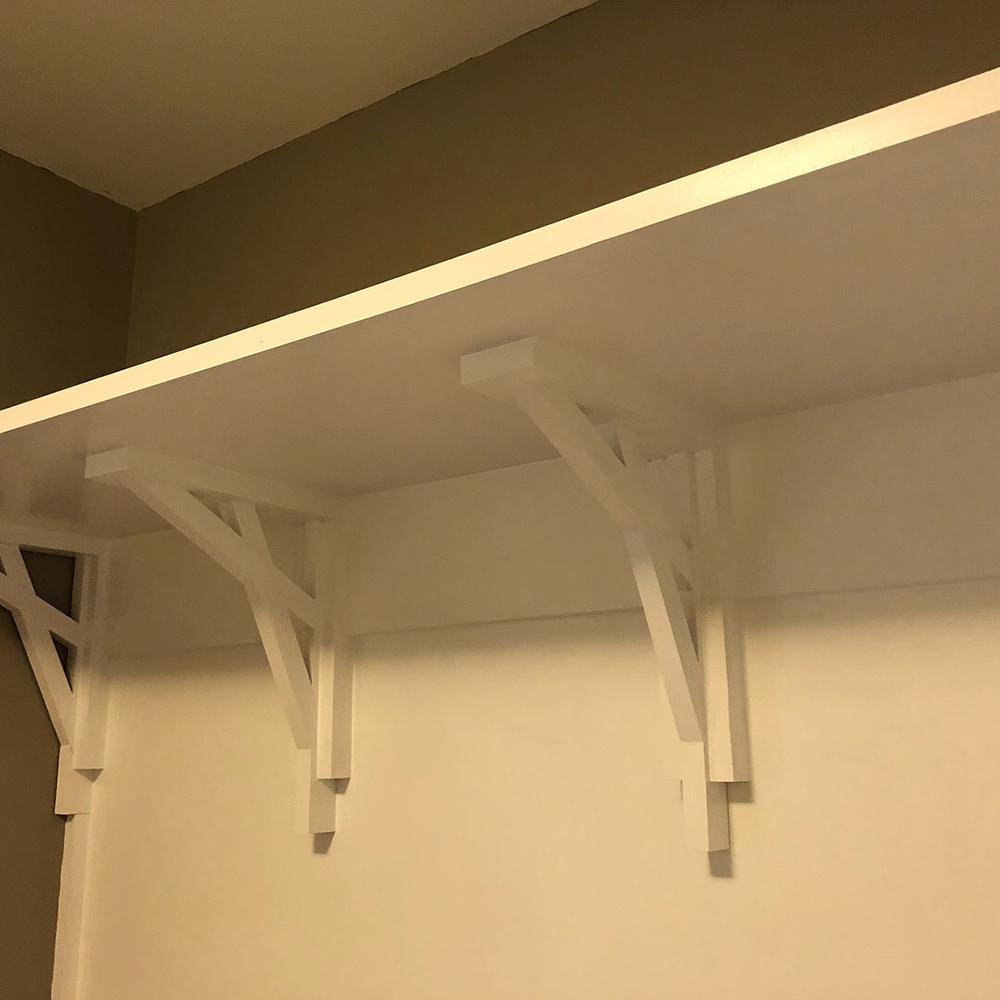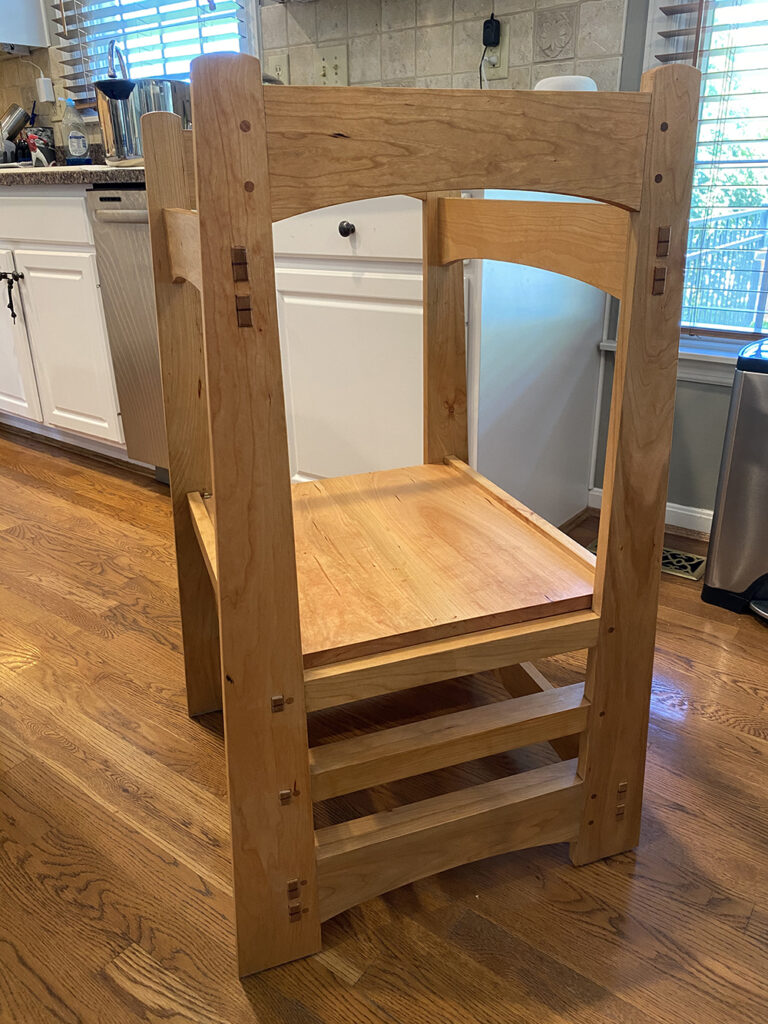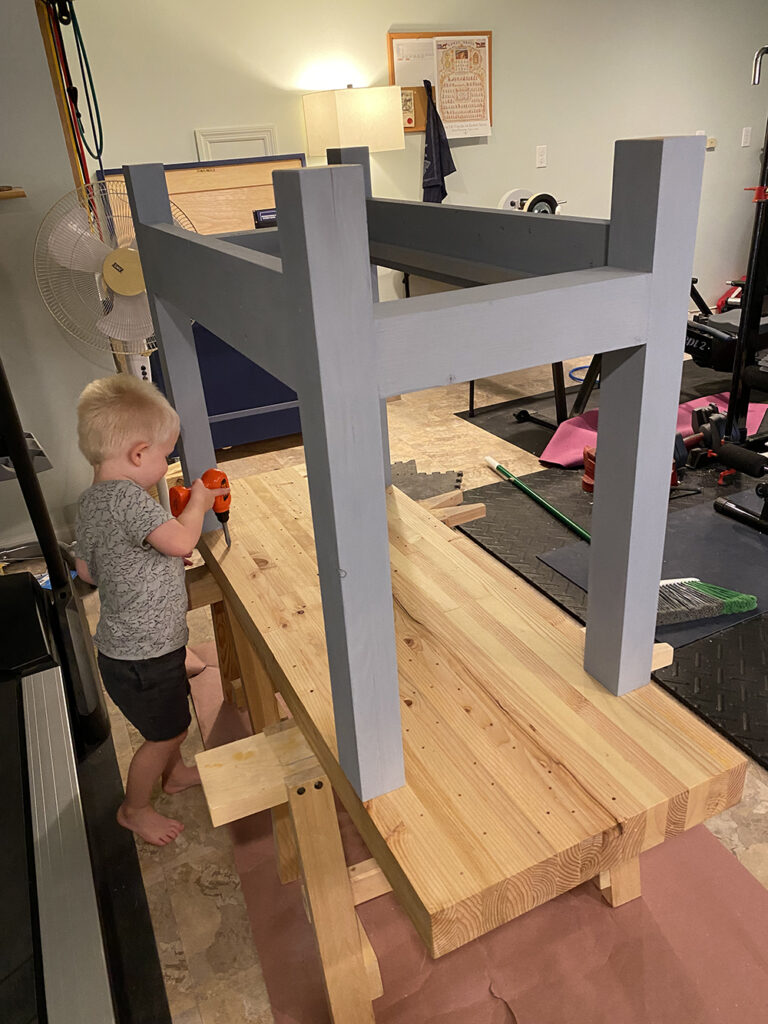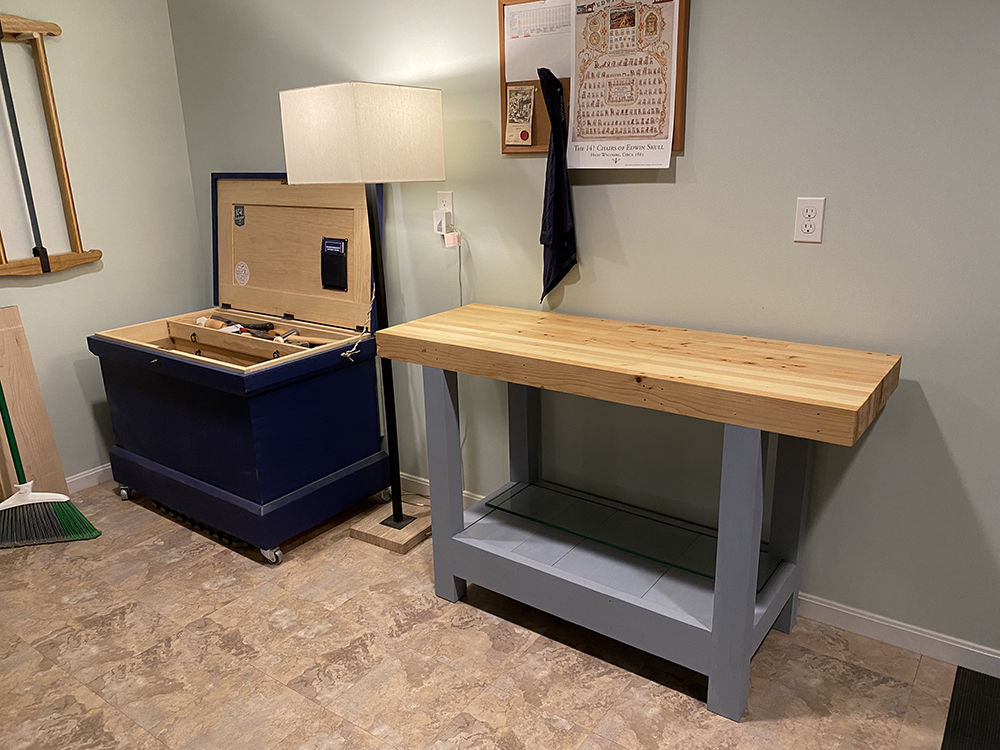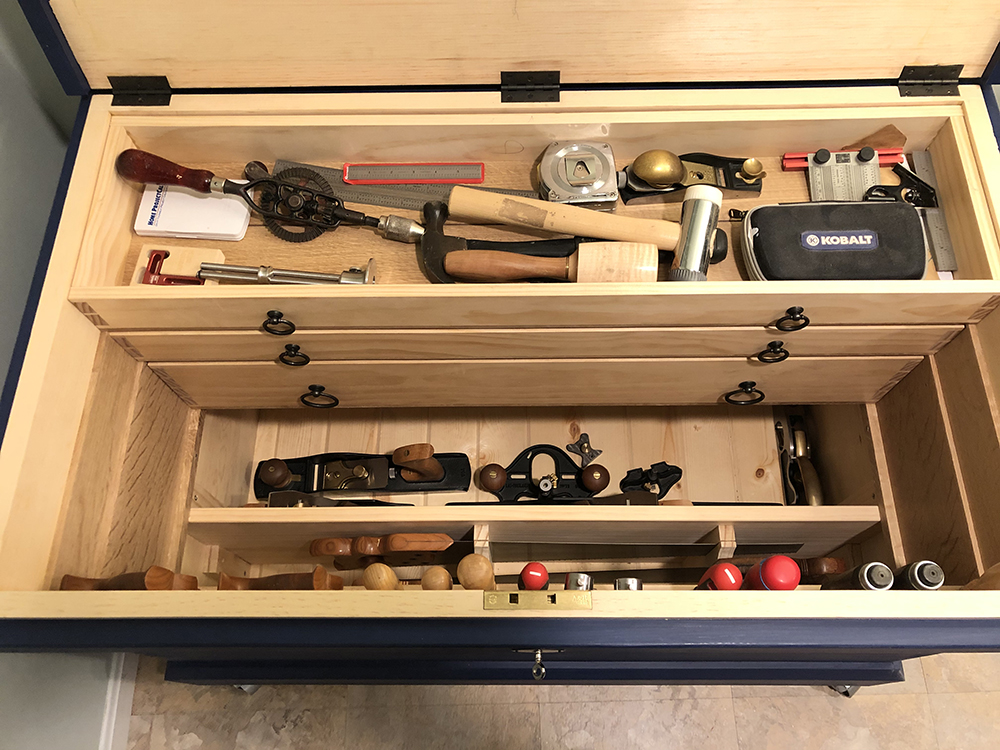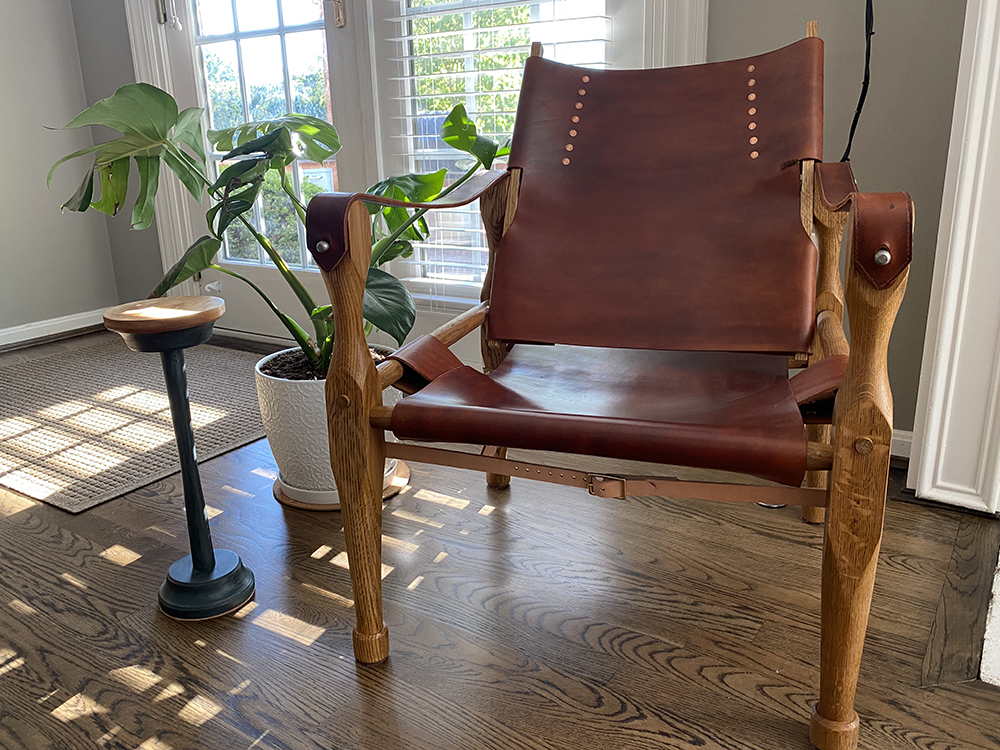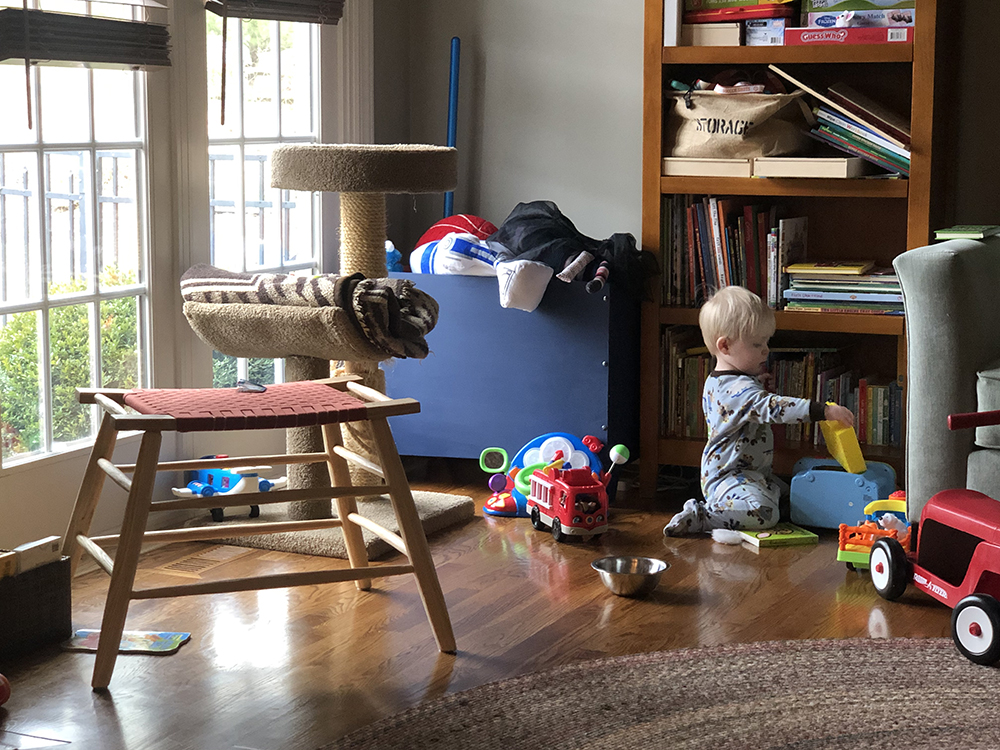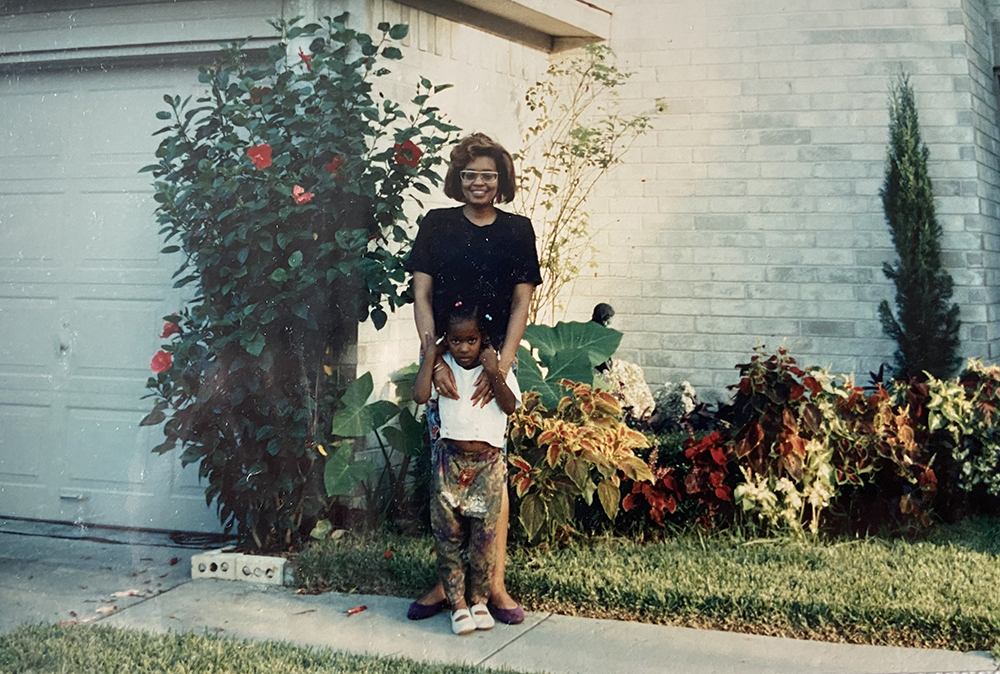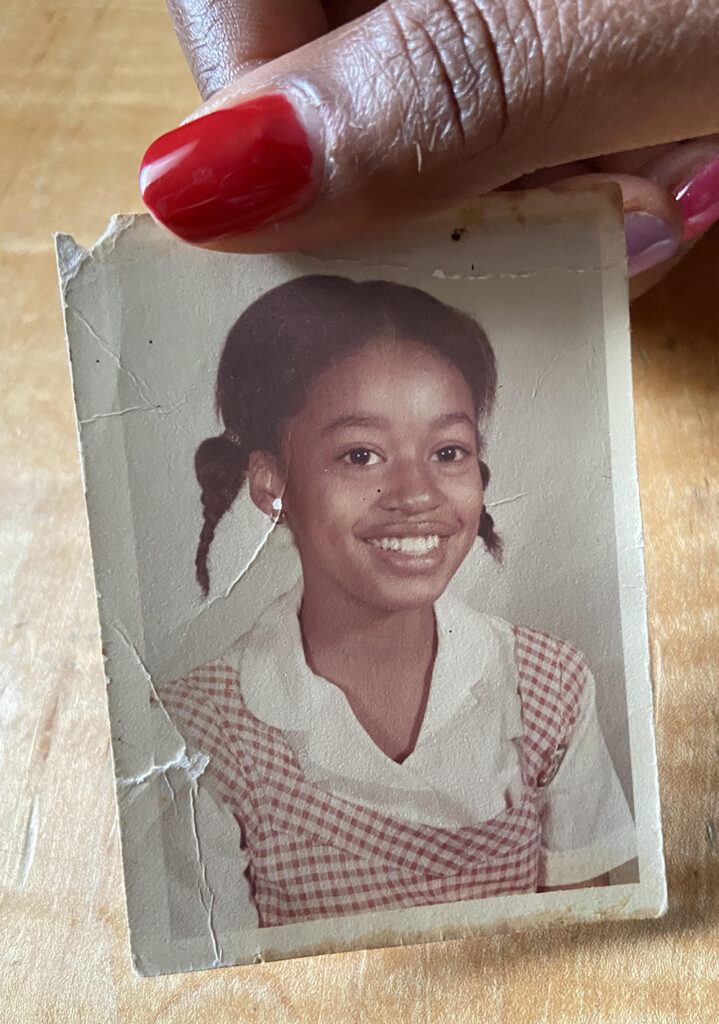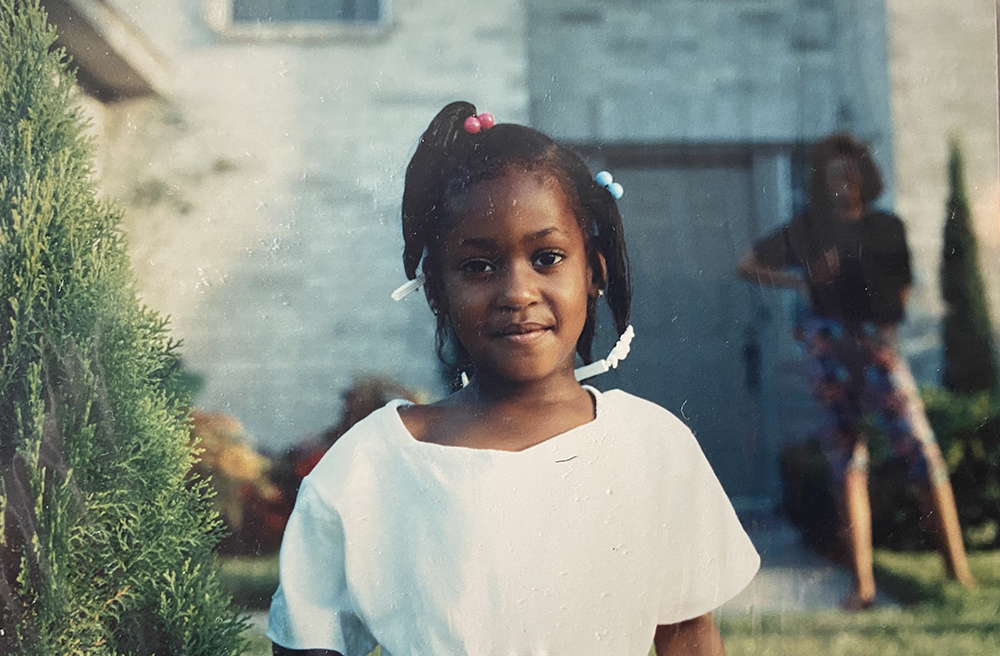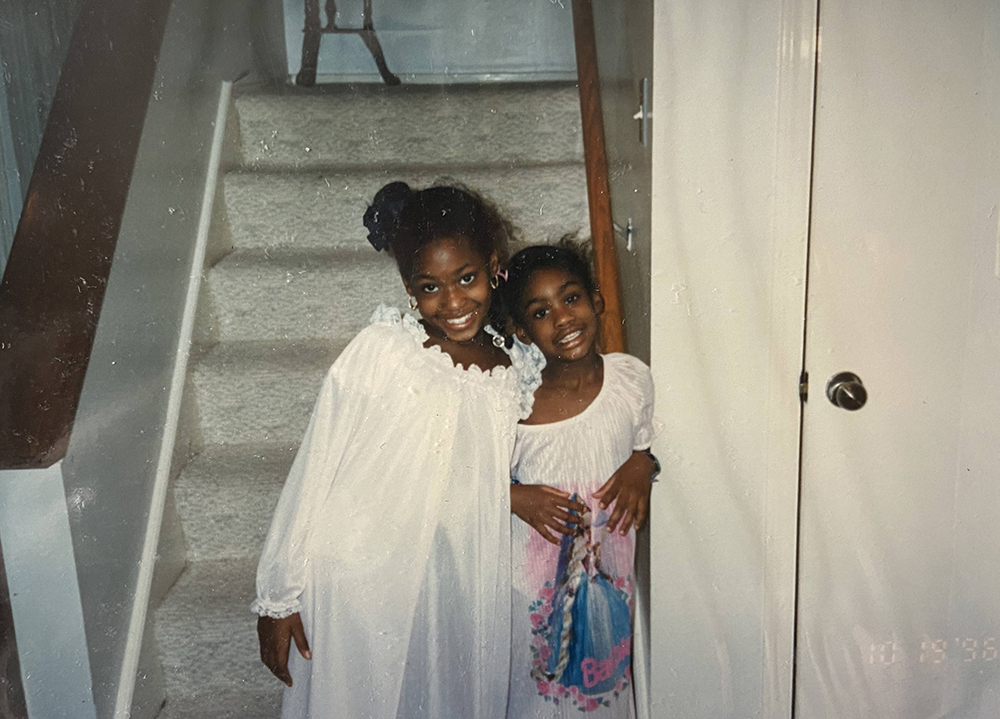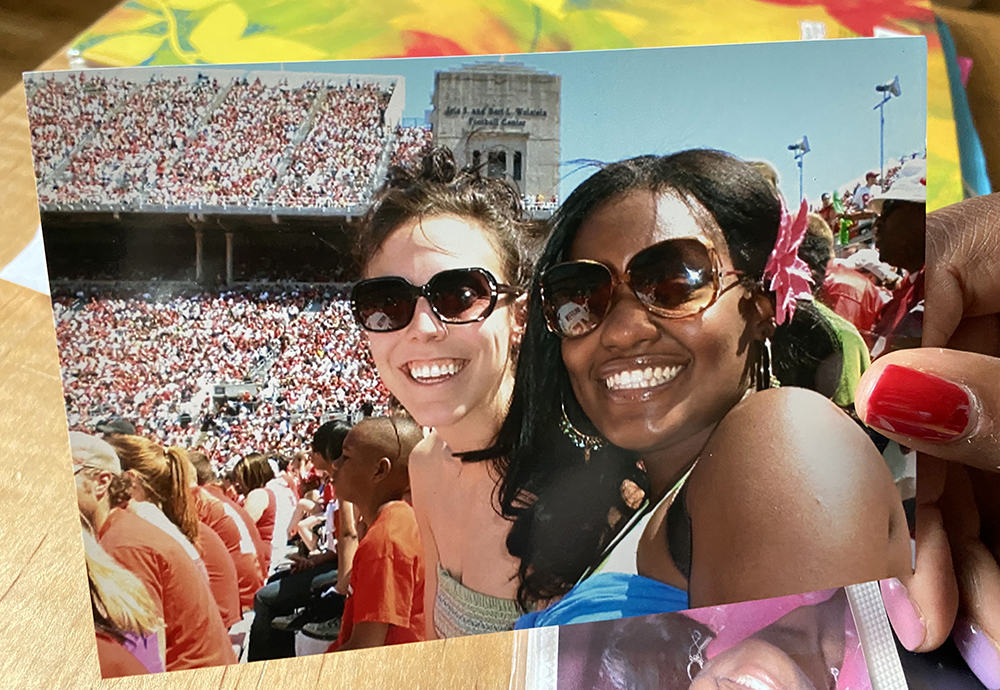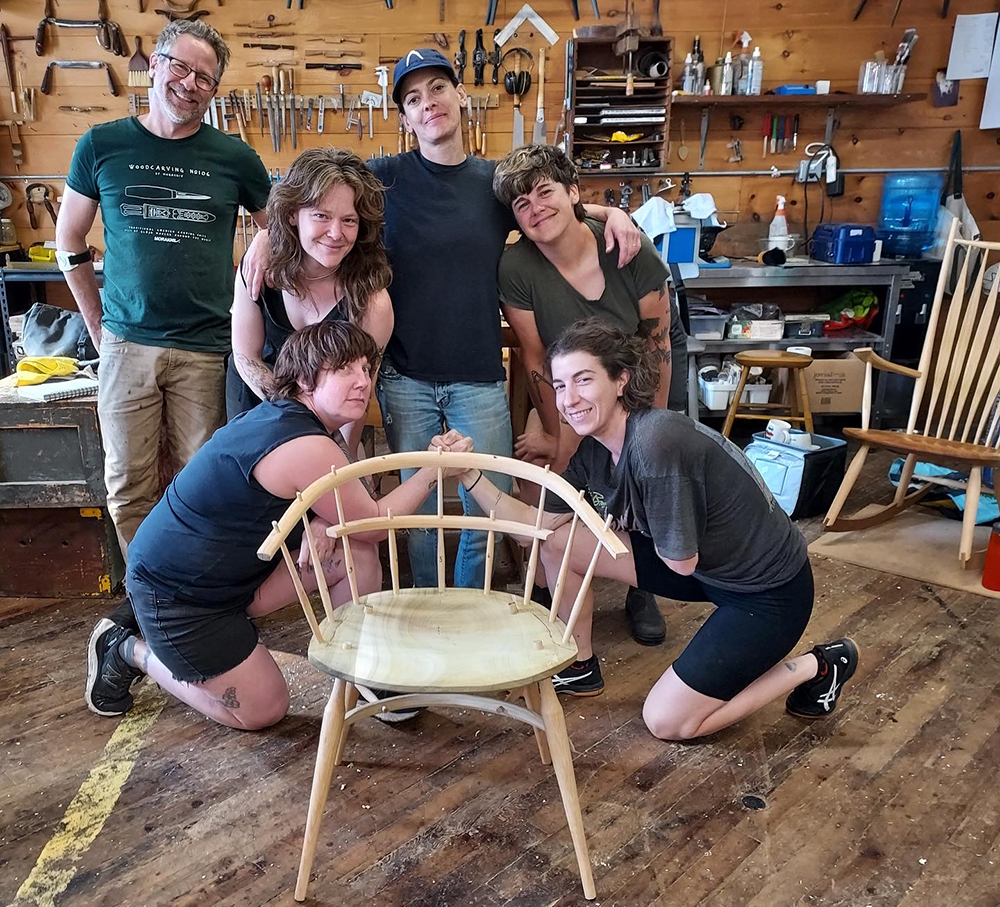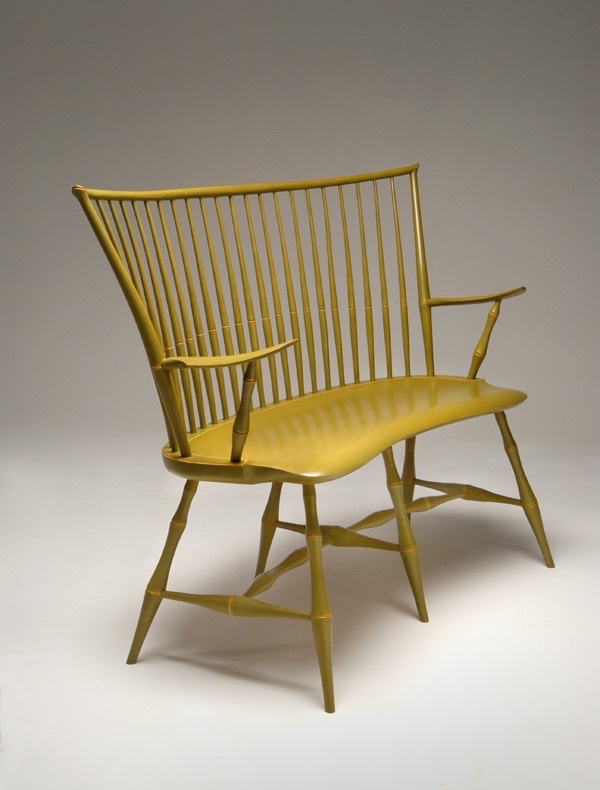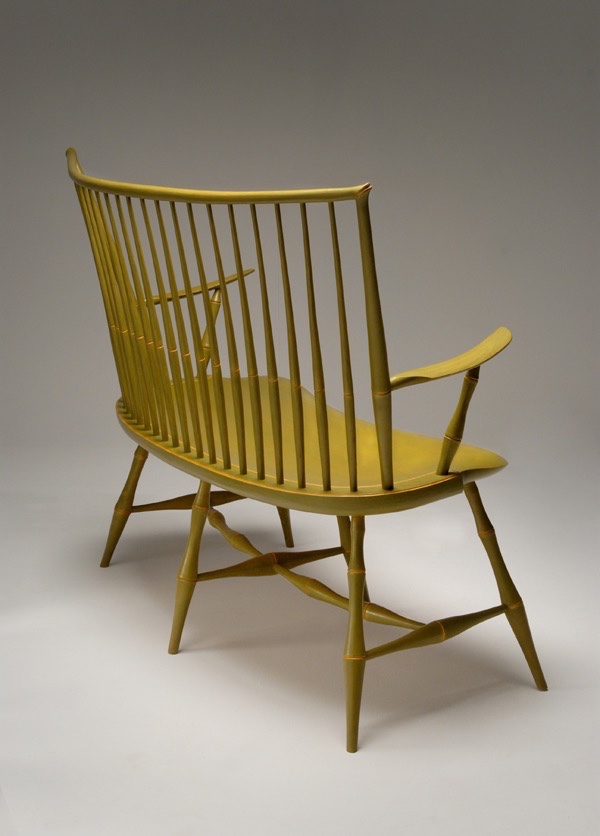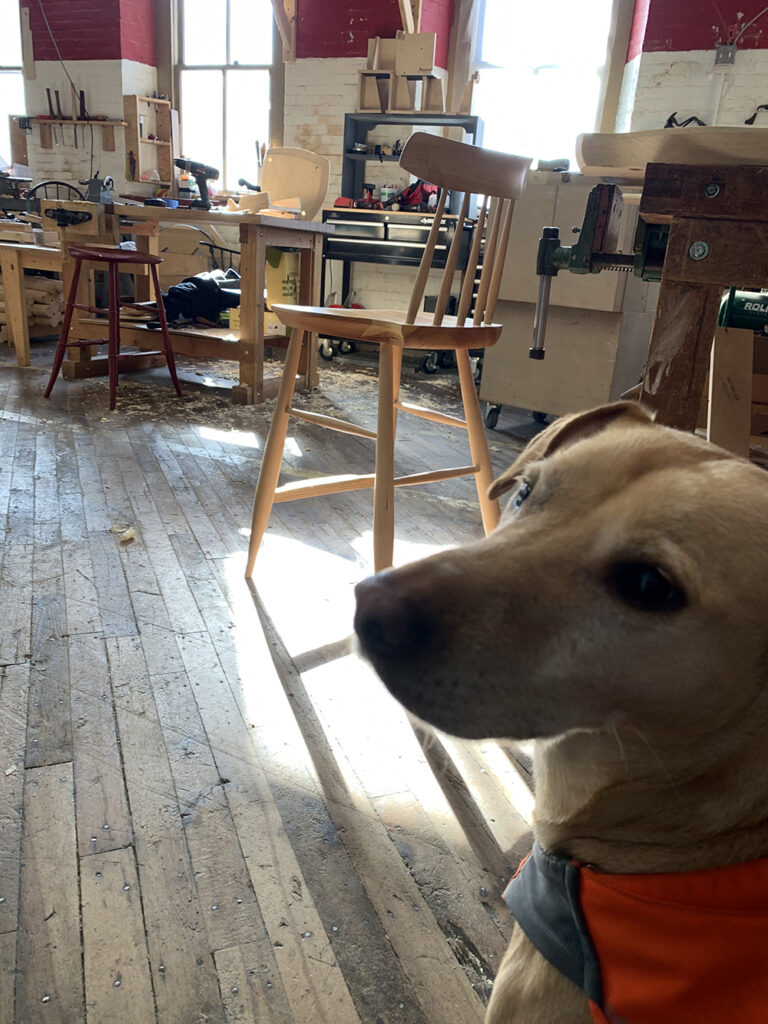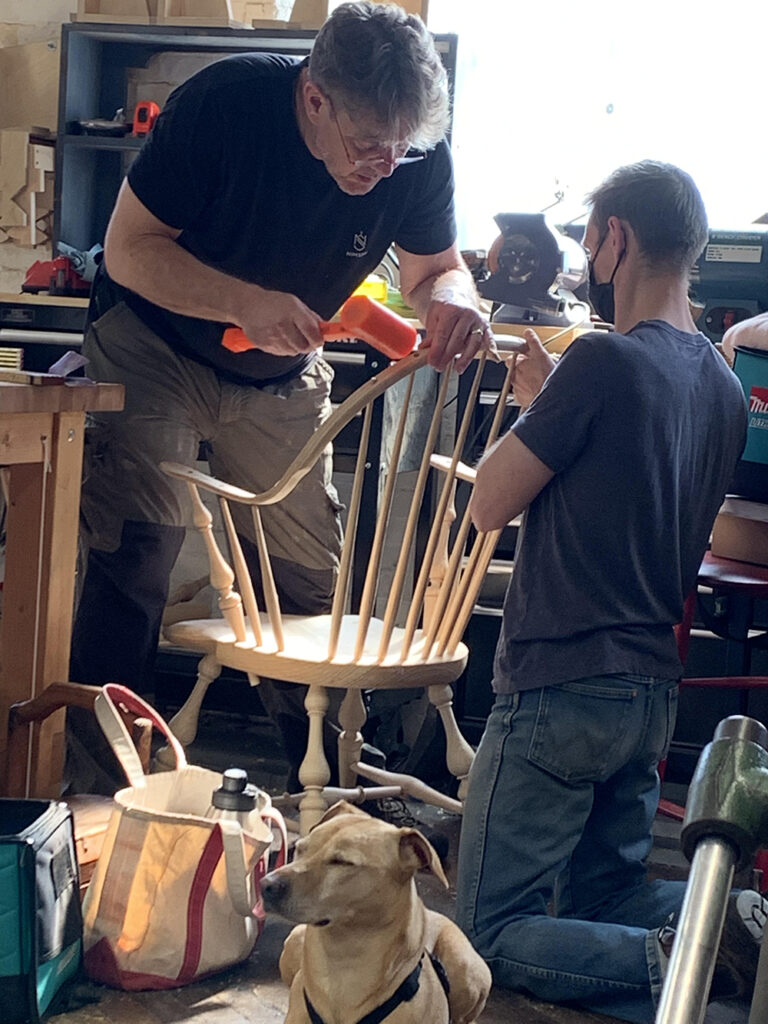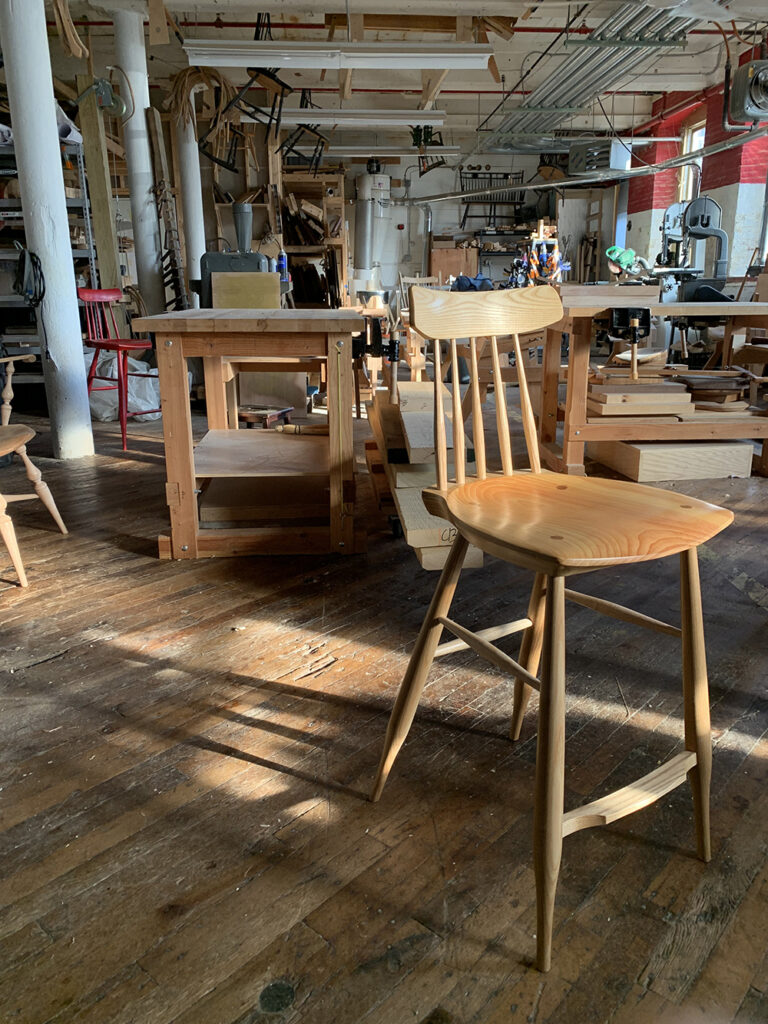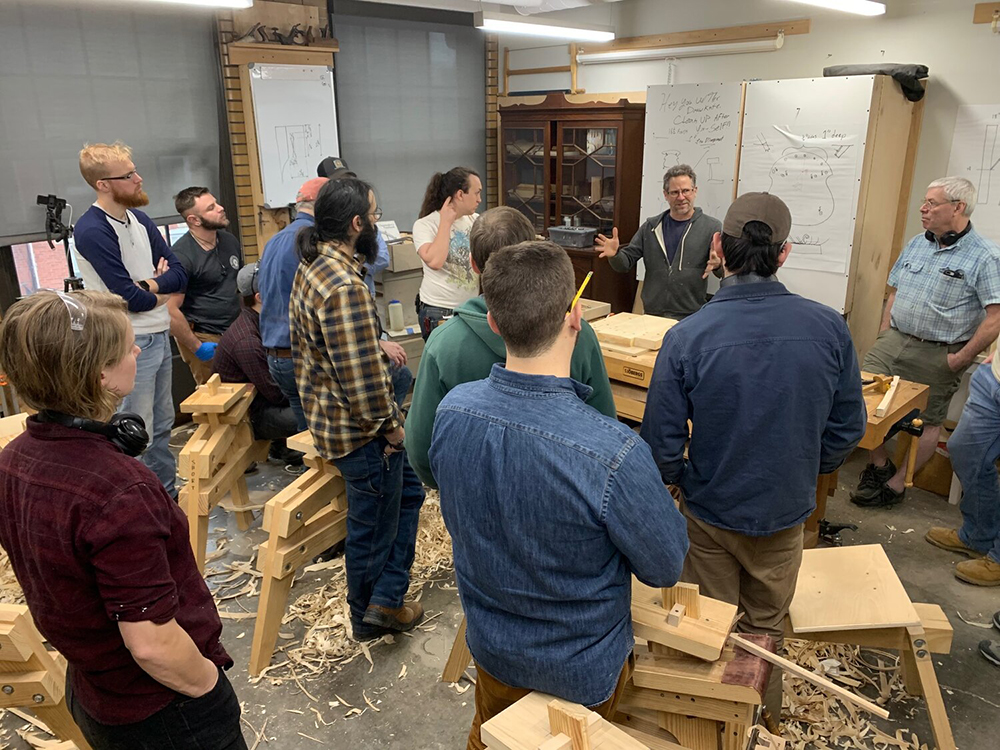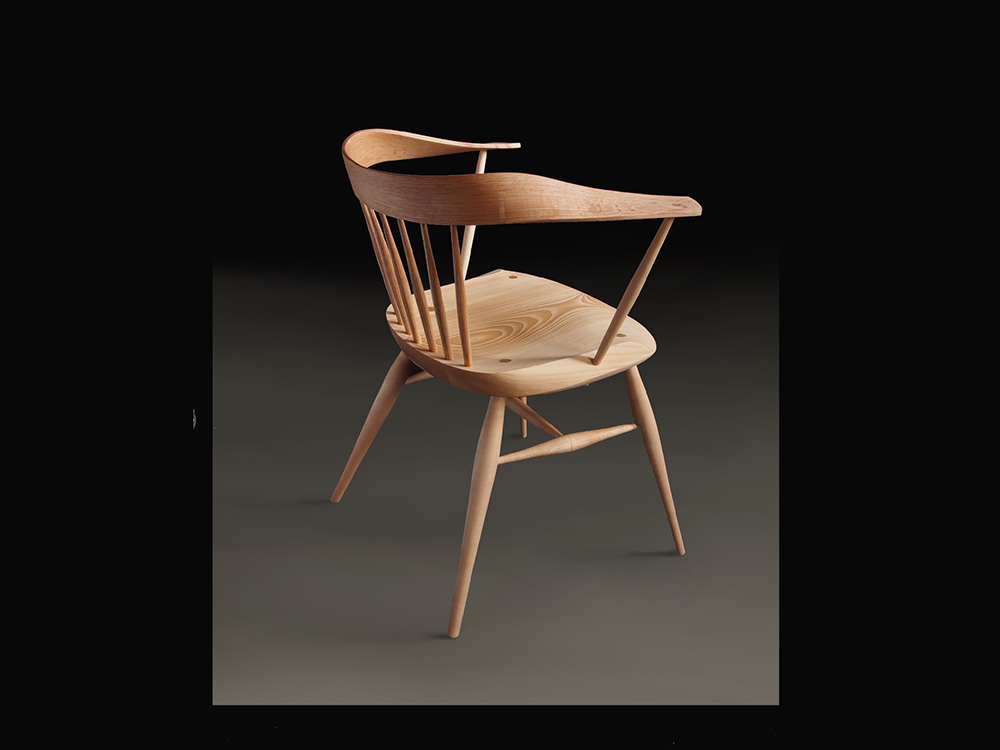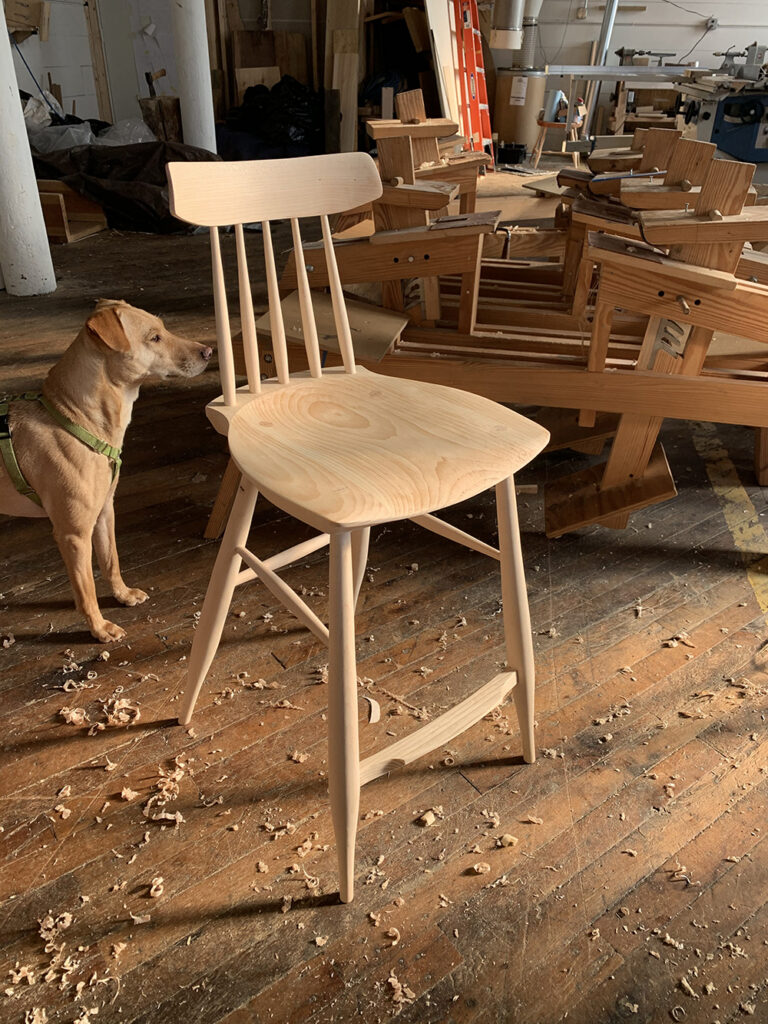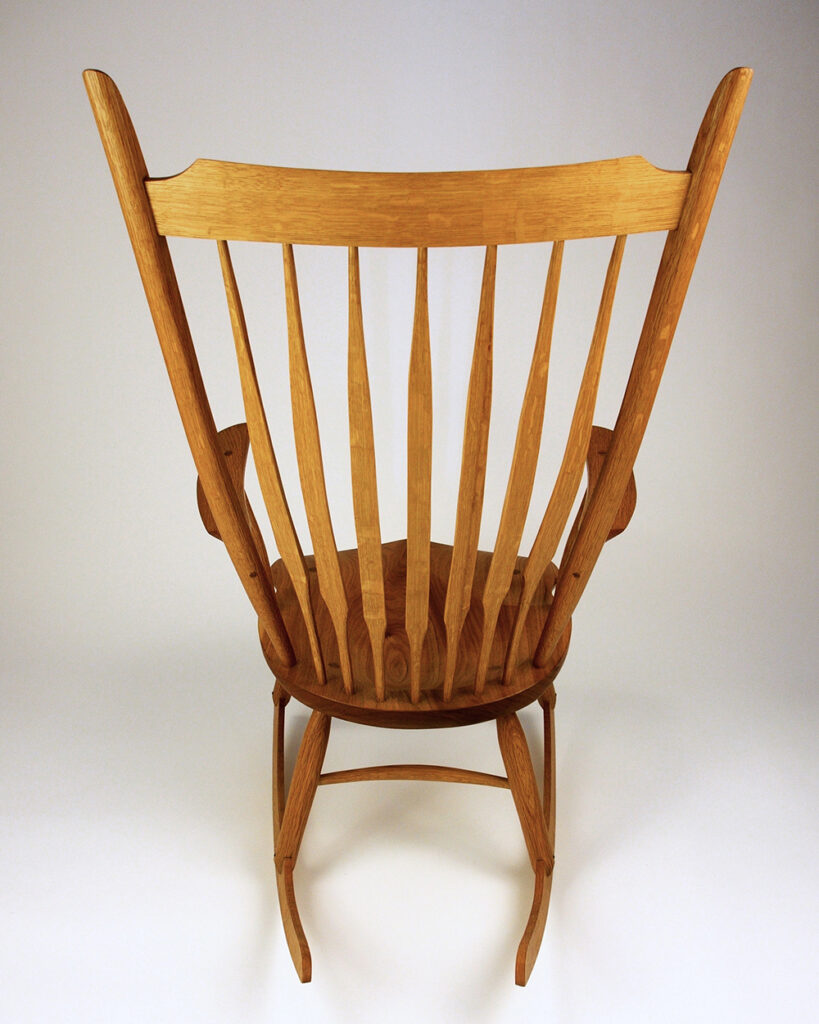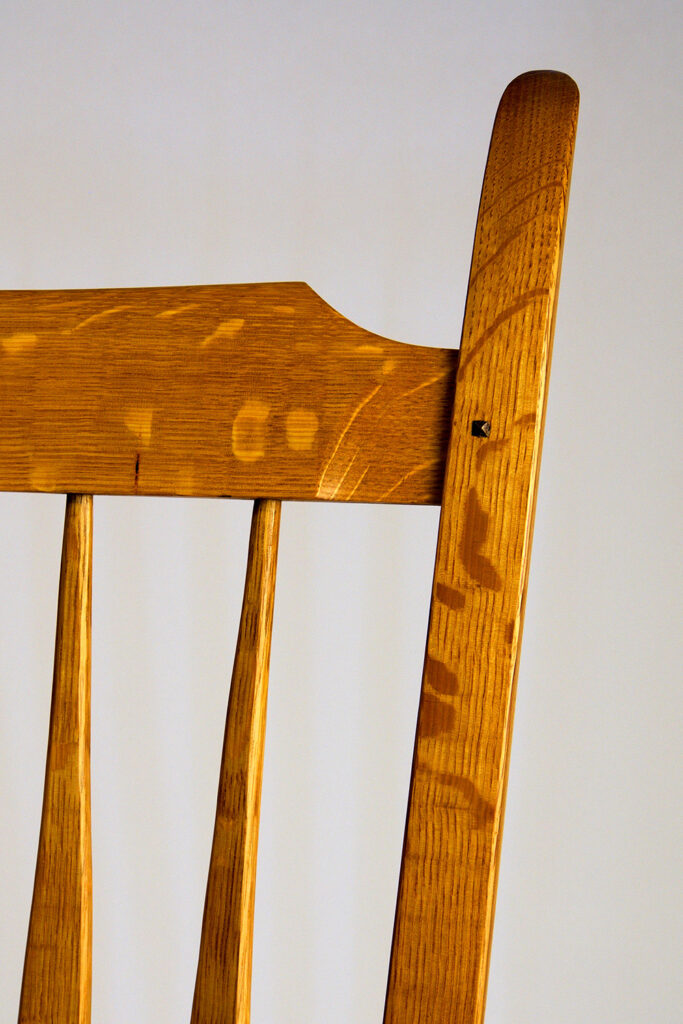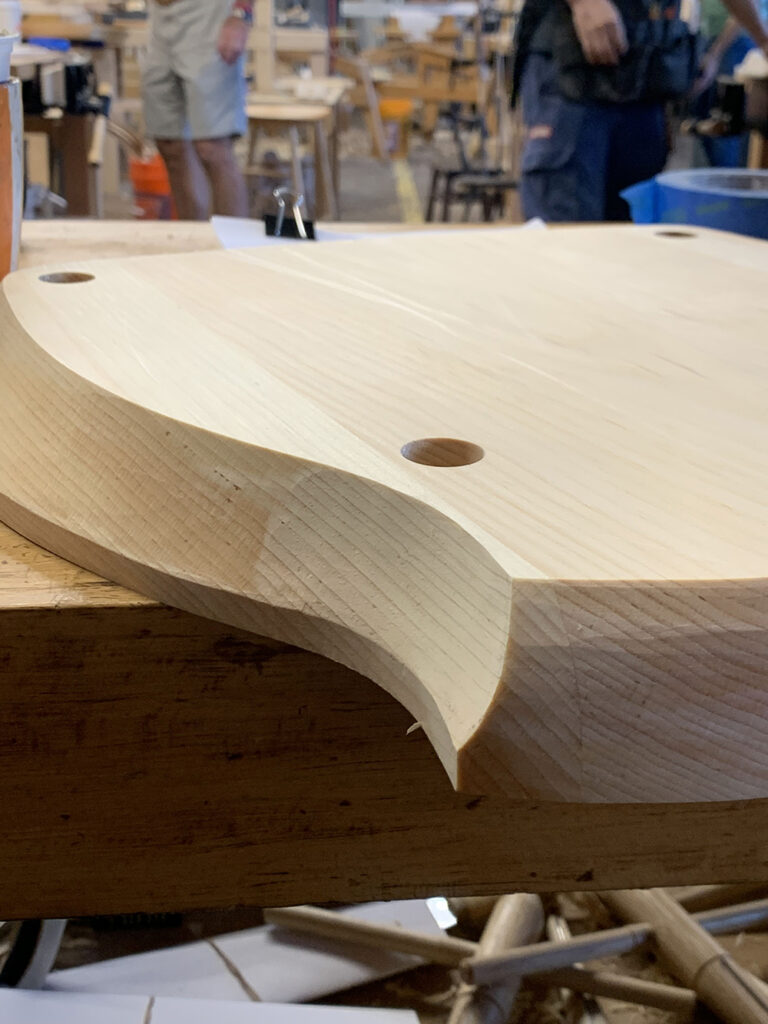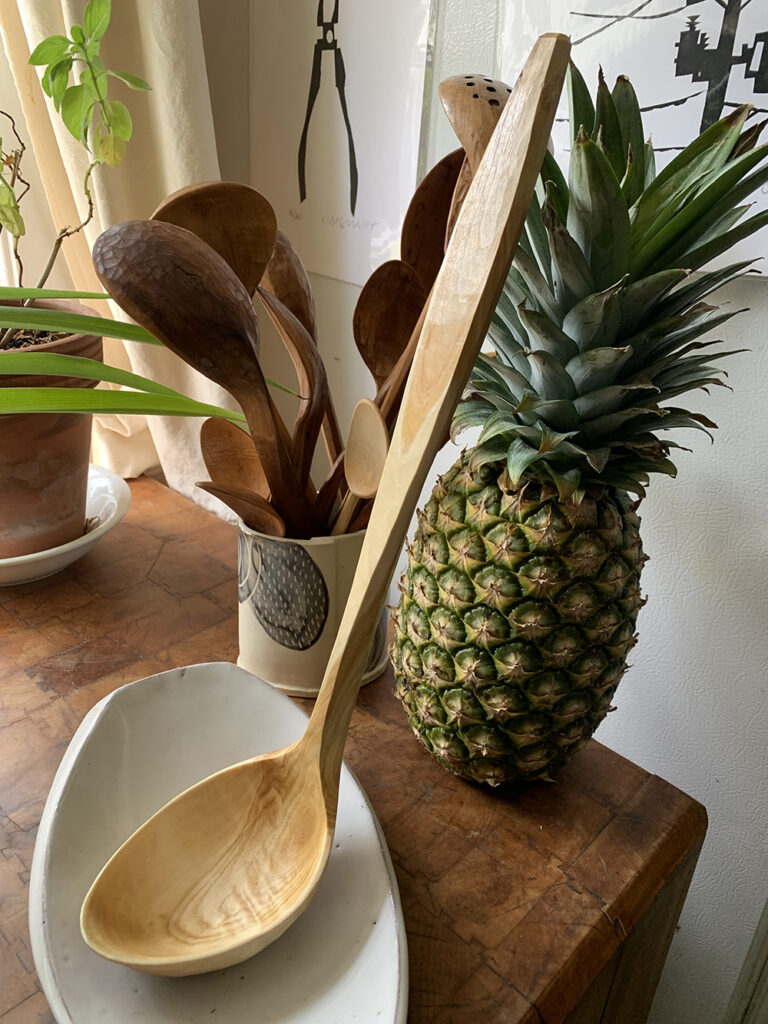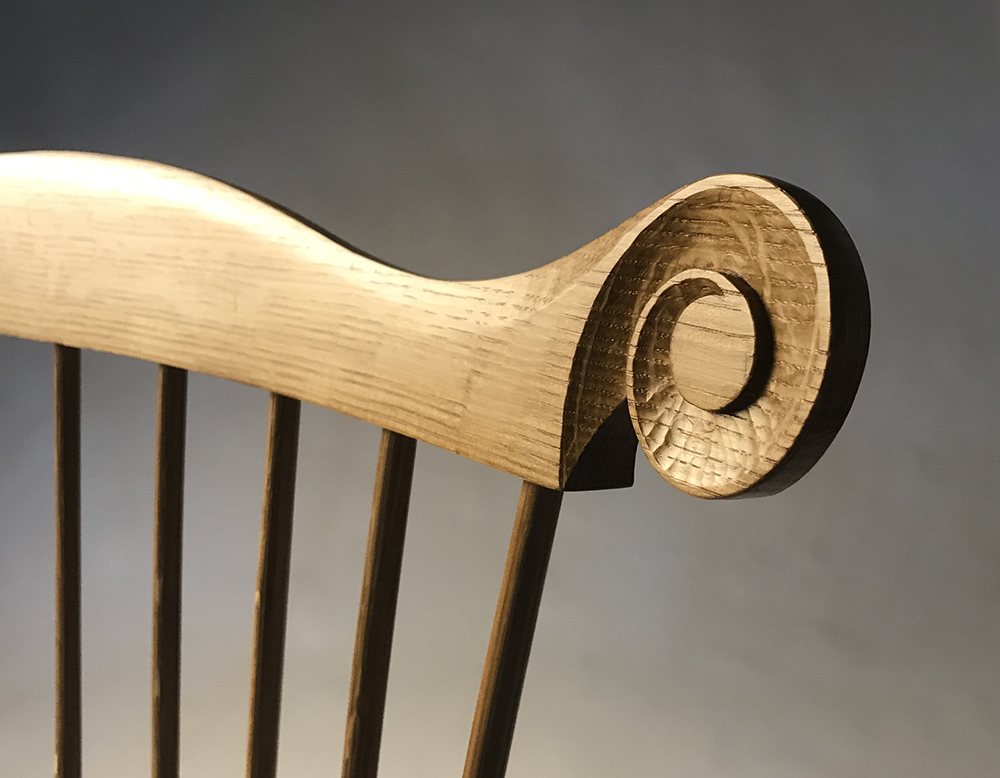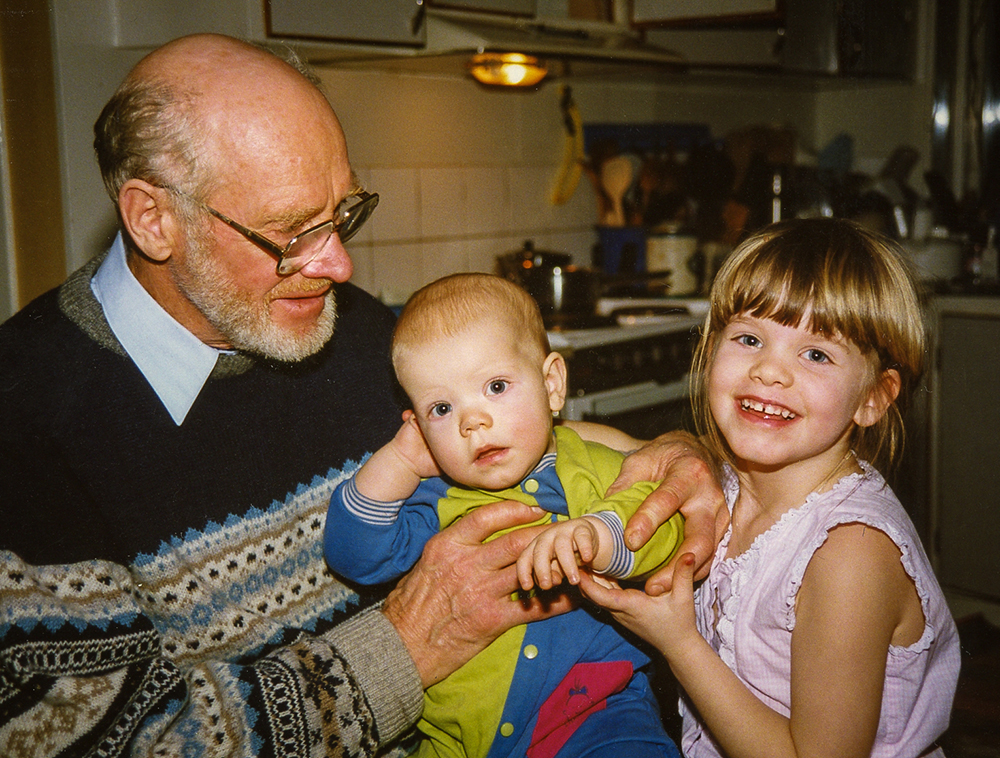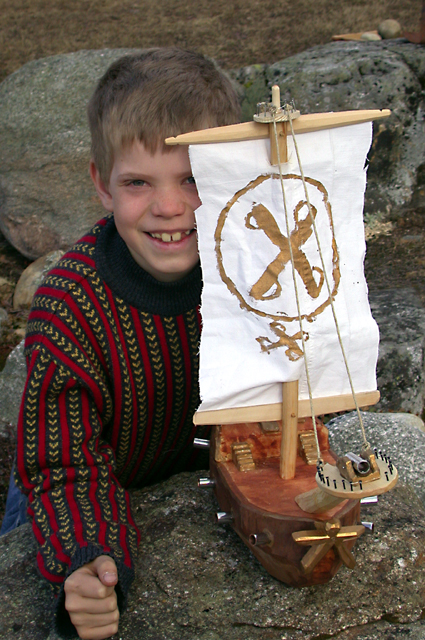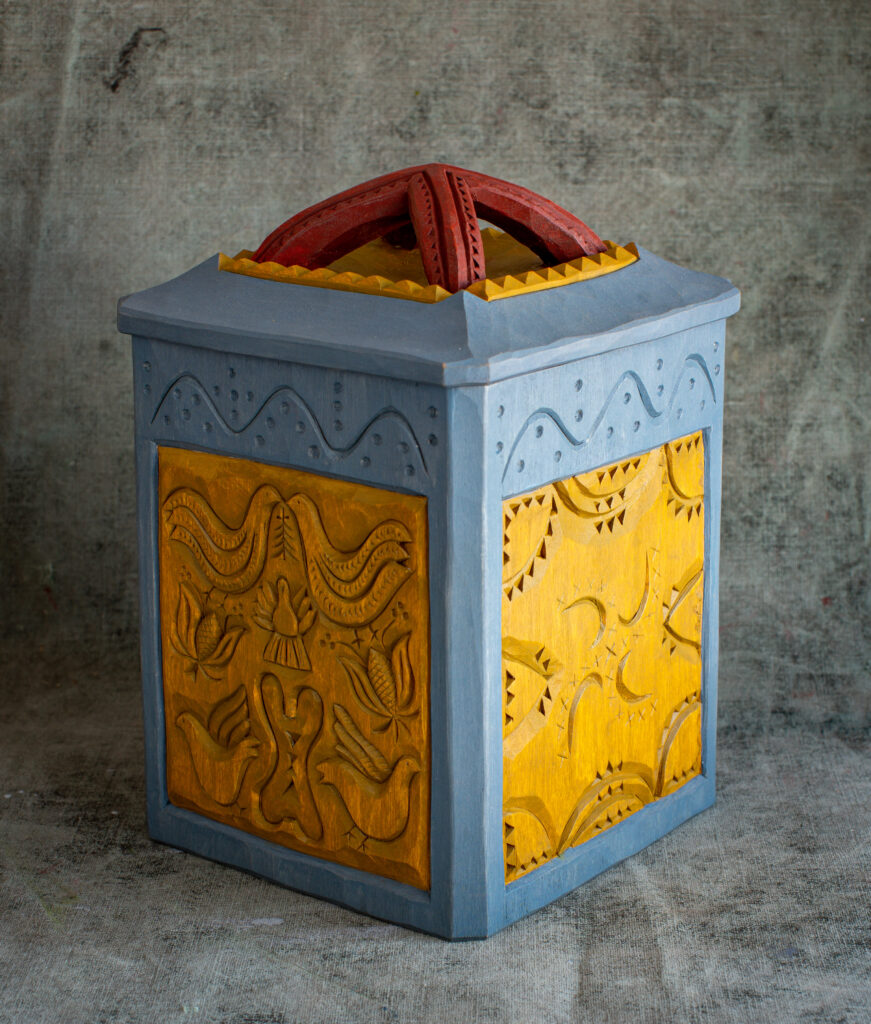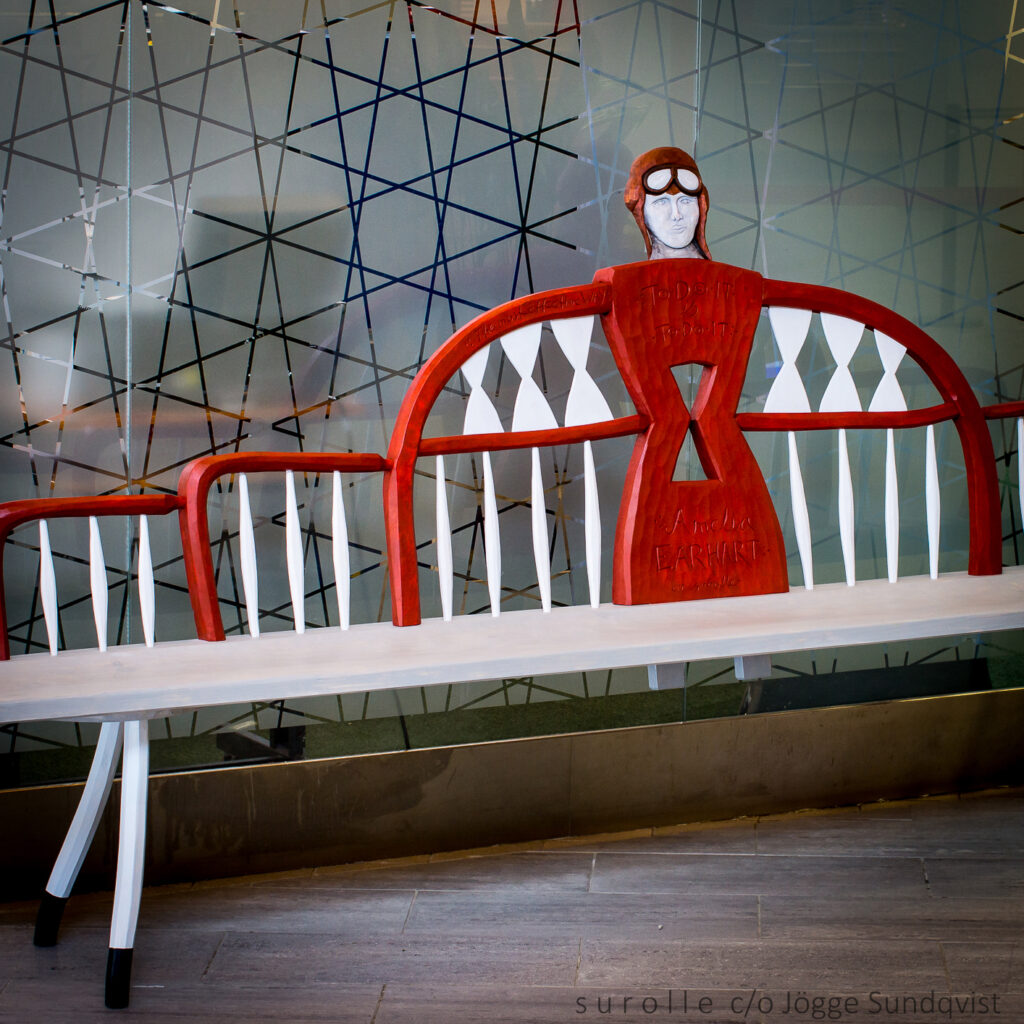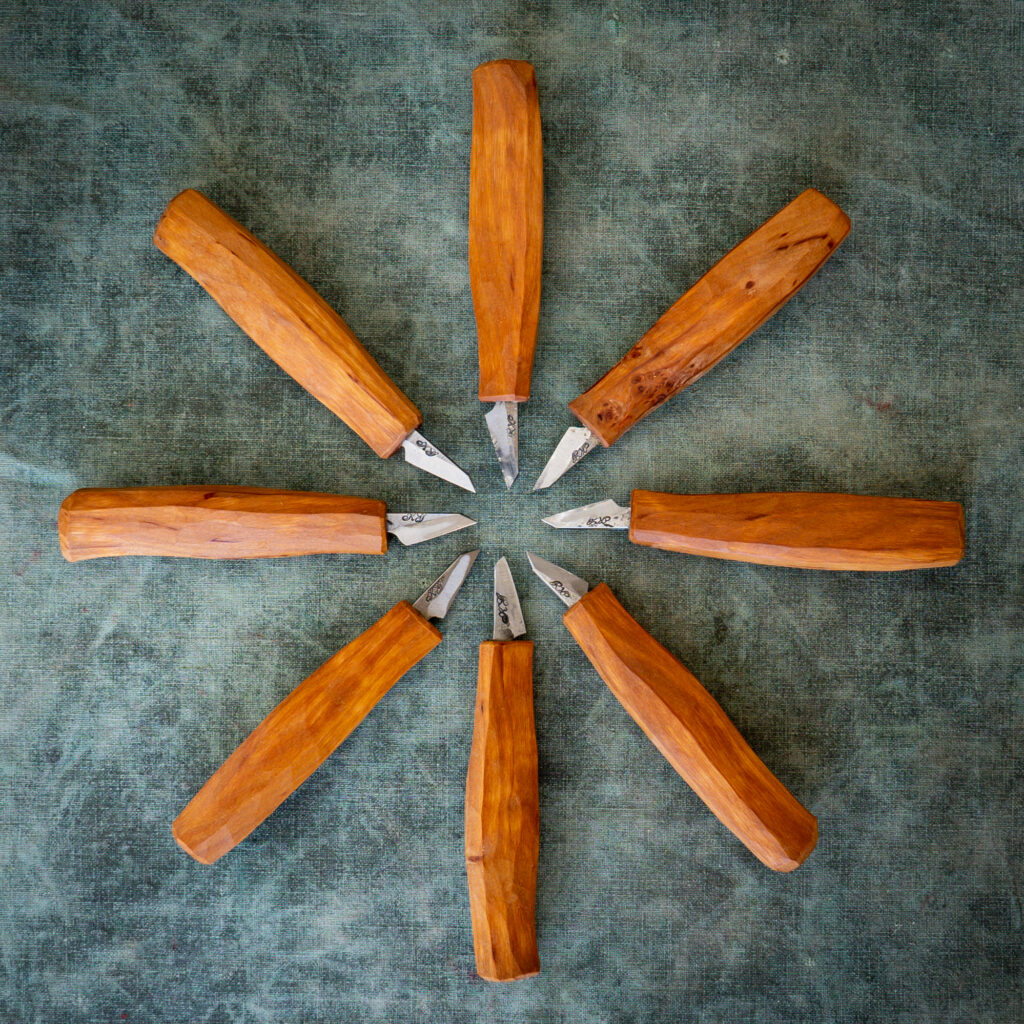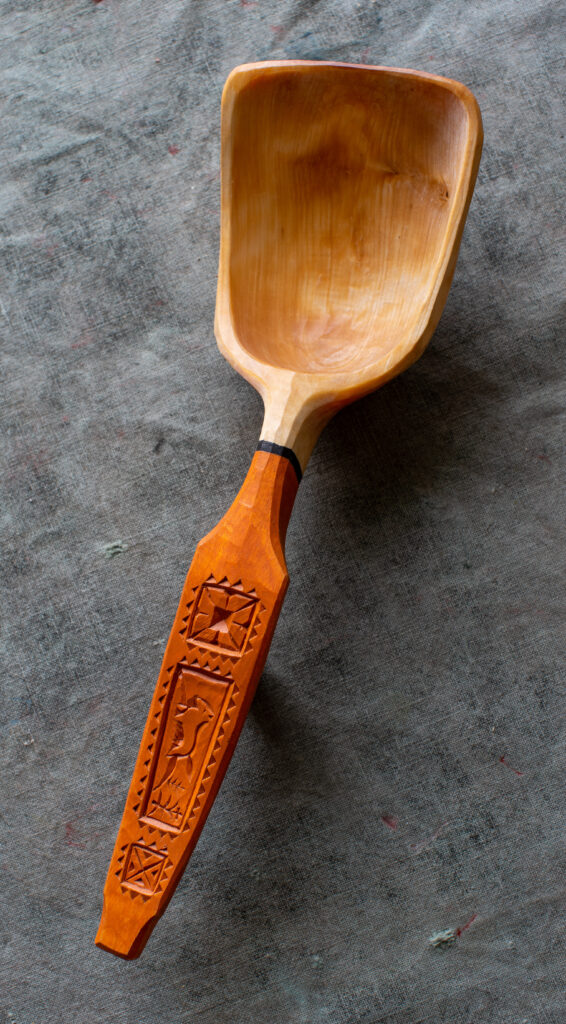Read “Meet the Author: Whitney Miller (Part 1)” here.

Whitney Miller, author of “Henry Boyd’s Freedom Bed,” continued looking for a news reporter position while working at Walgreens from October to December 2014, and in December she was hired as Morning Show Associate Producer/Digital Content at Fox Television KRIV in Houston.
“I was a behind-the-scenes journalist so I would write stories,” she says. “And they would let me create videos on their Facebook page. I remember writing a reporter story for Facebook and they liked it so much they let another anchor read the story and aired it on television. I was like, ‘Well, if what I wrote and put together was good enough for somebody else to read, then I should be able to read it.’ I was only there for a year and then I got back on air in another market, which was the normal trajectory of how it should have been. But it was good because I got to see what a big market was like.”

In November 2015, Whitney was hired by KBTX, the CBS affiliate in Bryan/College Station, Texas.
“I loved it,” Whitney says. “I was finally back in the saddle, back where I was supposed to be. I was there less than a year and started anchoring. Then I became the weekend anchor for three years after that. In College Station I became a professional woman, because in that community, they really love their news people. Especially if you’re from Texas, they really embrace you. And I also learned how much I really liked to tell stories. I got to meet so many people who believed in the work I was doing.”
A Maker
Throughout her life Whitney has been the type of person who, if she sees something she likes, she tries to make it before she buys it.
“I think that was grown out of lack, not having enough money to get all the things,” she says. “When I was younger it was friendship bracelets and tie-dyed shirts – just things that everybody made, I tried to make.”
The internet broadened Whitney’s horizons. Online she was introduced to new ways of doing things and while living in College Station, she found a lot of ideas on Pinterest.
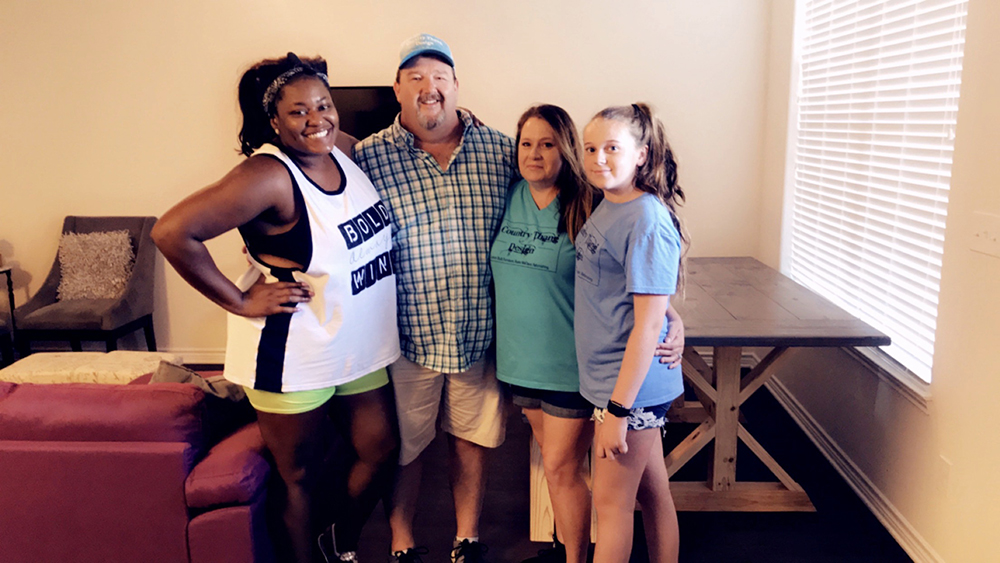

“I wanted to decorate my apartment but I needed to do it on a budget,” she says. “So I would look up stuff and I’d be like, ‘Oh! I want to make this farmhouse table!’ I met a family owned business, Country Thang Design, who made farmhouse tables and they showed me how to make one. I remember feeling like, ‘I can do this.’”
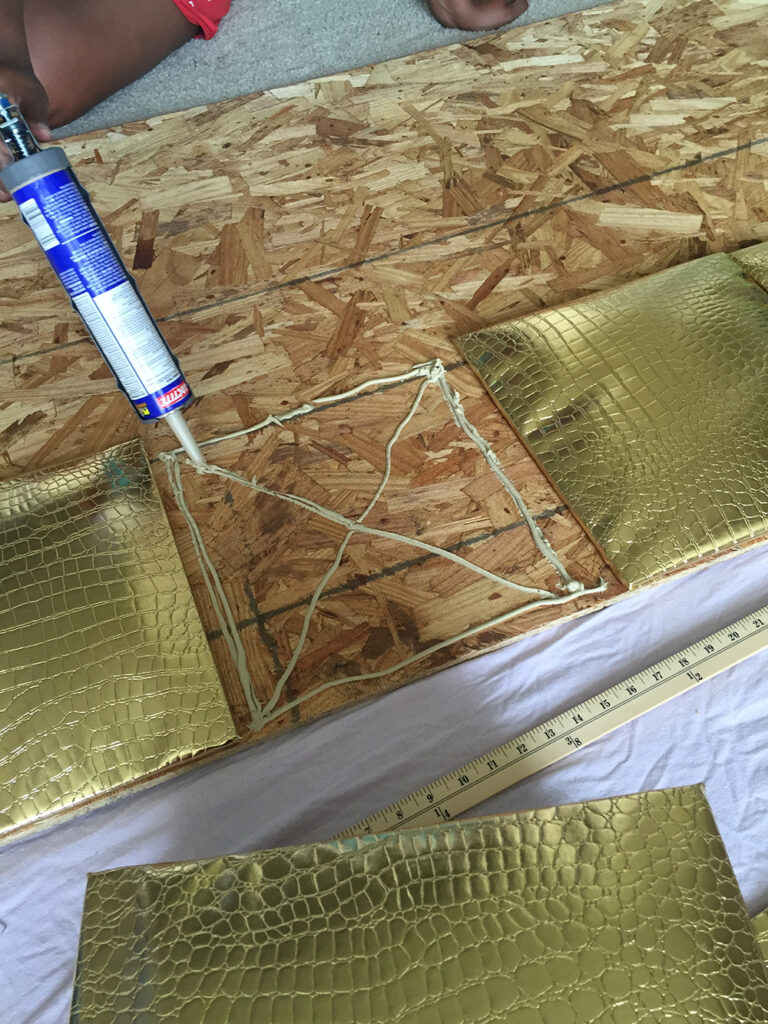

Whitney made her own headboard, and some headboards for friends. She learned how to sew and DIY T-shirts. And then, in 2017, her best friend bought her a Cricut Maker machine.


“I have been really crafty since then,” she says. “Every time I get access to a new kind of tool or knowledge, it just unlocks more creativity.”
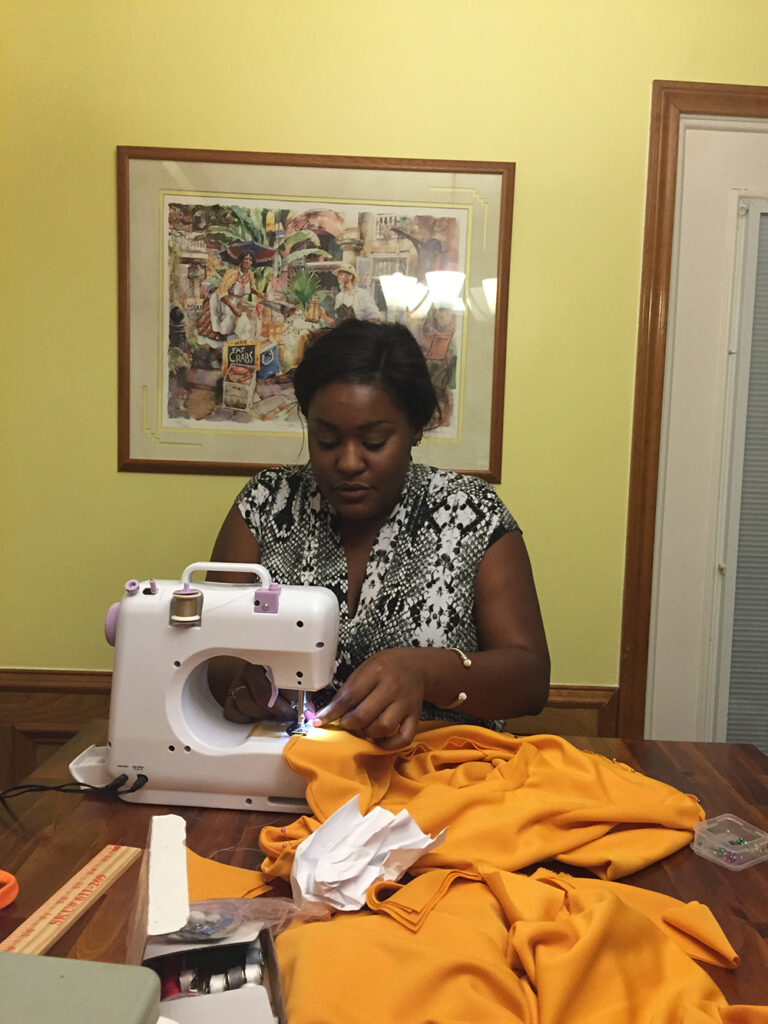

Whitney doesn’t call herself a seamstress though. And for the longest time, she has refused to call herself an artist.
“It’s how I feel about journalism, I know a little bit about a lot,” she says. “Is a jack of all trades somebody who knows a little bit about everything? I’m like a jack of all trades. I like everything. I have tried everything but I have not mastered everything. I think to call yourself a seamstress, to call yourself an artist, you have to know everything about it. I think there’s some doubt there, I’m sure.”
But it’s not a negative feeling, she says. Rather, she has longer preferred to call herself a maker versus someone who is creative.

“I feel like I’m changing that now, now that this book has been created. I would say I’m creative at this point. I had the ability to draw in the past. When I was a kid, I took classes but it was never like, ‘Oh, you’re such a talented artist.’ Back then once I learned a technique of some kind, like these roses, that’s all I would draw. It wasn’t like I was coming up with anything new.”
Now, with the release of “Henry Boyd’s Freedom Bed,” Whitney agrees she’s an author and an illustrator.
“Which is weird, yes, but now I am,” she says. “Now I agree. But in the process of making it, I was like, ‘Uh, but are we? But am I?’ Because the early drawings were trash. It was like, ‘What are those?’”
From The Queen City to The Big Easy
In November 2019, Whitney left College Station, Texas.
“Growth has to happen,” she says. “I got to the point where I mastered College Station. There wasn’t an opportunity to be promoted to the main anchor role. I just knew I either needed to get to a bigger market and continue reporting, or I needed to anchor somewhere. I started looking for jobs once my contract ended. Cincinnati was my next stop.”


At the time, Whitney, who was hired as a reporter at WCPO, says Cincinnati felt like a wonderful situation. What she did not foresee – nor did anyone foresee – was a pandemic.
“I just packed up my life and moved,” she says. “ I just knew I was about to live my ‘Sex and the City’ life,” she adds, laughing. “I envisioned myself walking down the street next to the stadium holding my cute little dog, Derwin, and some football player, doctor or lawyer was going to stop me and say, ‘Oh my God lets get married.’ None of that happened! None of that happened. And that was very disappointing. Instead, there was this whole pandemic and I sat in the house with Derwin instead!” she laughs.


Whitney was a reporter for three years until she announced her departure and new job as a weekend news anchor at WWL-TV Channel 4 in New Orleans.
“I didn’t pick New Orleans, I think New Orleans chose me,” she says.
For more than 10 years Whitney has been a reporter and at this point in her career, she’s ready to grow as an anchor. She entertained several markets but once New Orleans became an option, nothing else made sense, she says.
“Part of that is the acceptance I feel in New Orleans. The people, the vibe, the culture is just so open. Especially coming from a place where I feel like it’s very closed, people in Cincinnati are tight and I feel like it takes years to be fully accepted there. I’ve made a lot of friends and met a lot of wonderful people in Ohio but that hospitality piece is just unmatched in the South. Nobody can beat that, especially New Orleans. It’s such a place of gathering and festiveness.”
Whitney will be living in the city, about a mile or two away from the French Quarter. Although she grew up in the suburbs and loves a good Target-Michaels-Jo-Anne’s situation, she enjoys the diversity and eclectic atmosphere city-life brings.
“I’m so excited,” she says about the move. “I can’t wait. It’s literally, it’s a dream. It’s a dream.”
The Magic Mountain
Christopher Schwarz has long been interested in Henry Boyd. Suzanne Ellison, Lost Art Press’s intrepid researcher, began researching Boyd years ago, and discovered a rich and impressive story about an enslaved Black man who bought his freedom, invented a revolutionary bedstead, built a woodworking business that shipped beds all over the country and helped enslaved people escape to freedom.
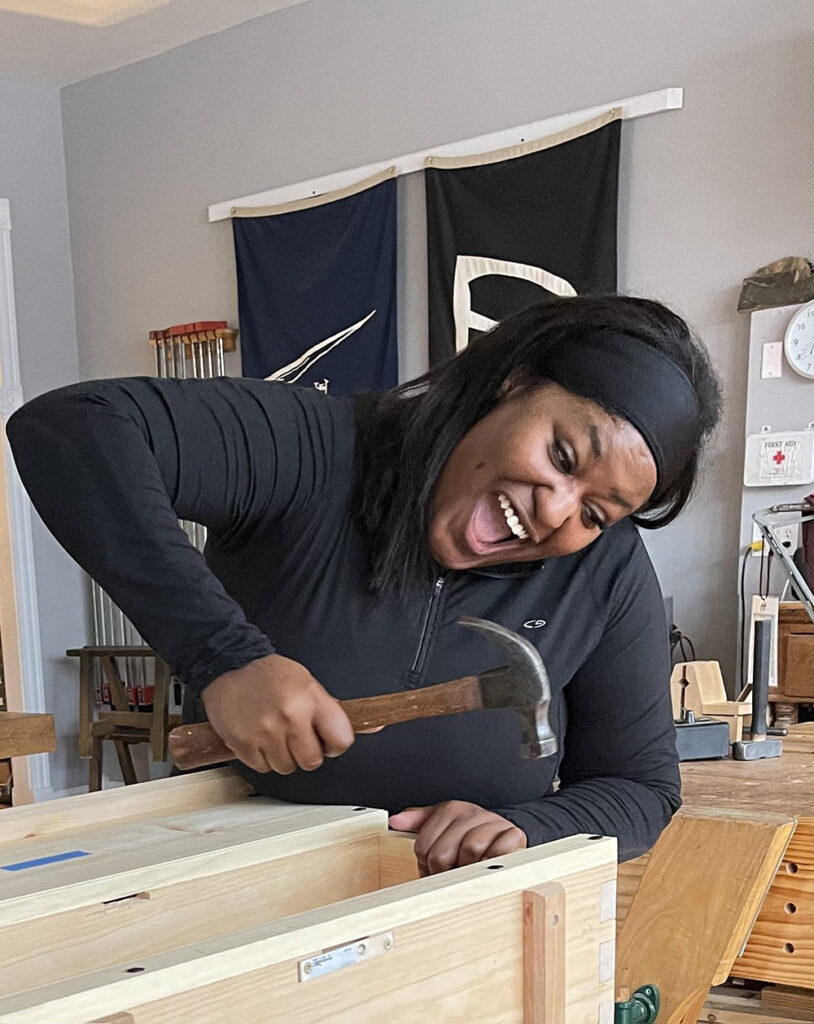
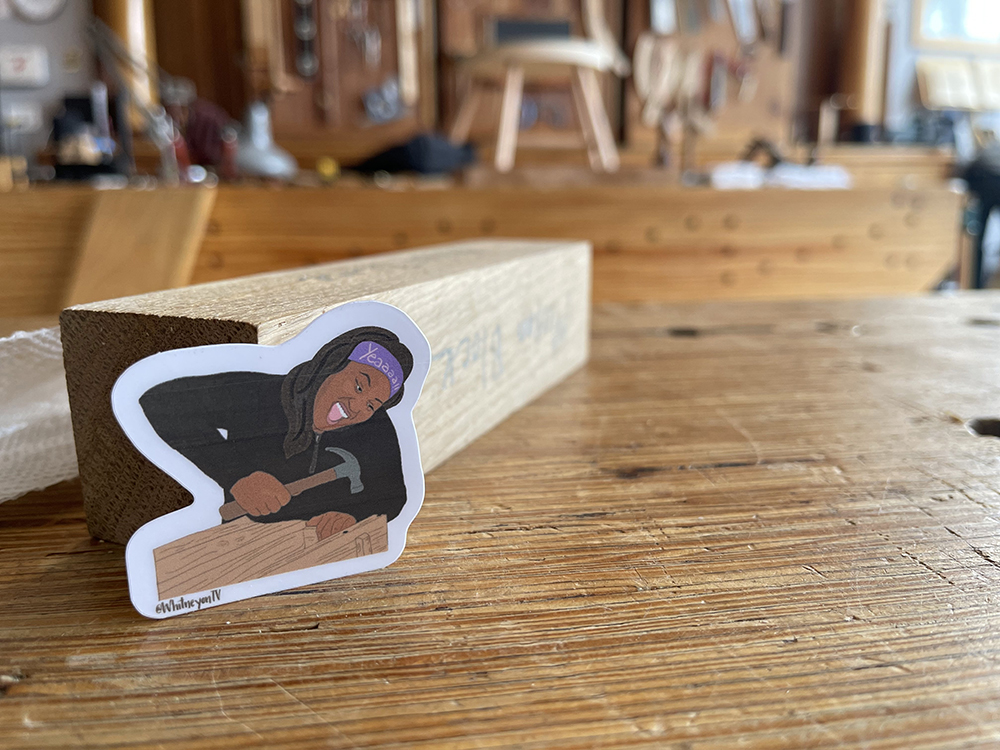
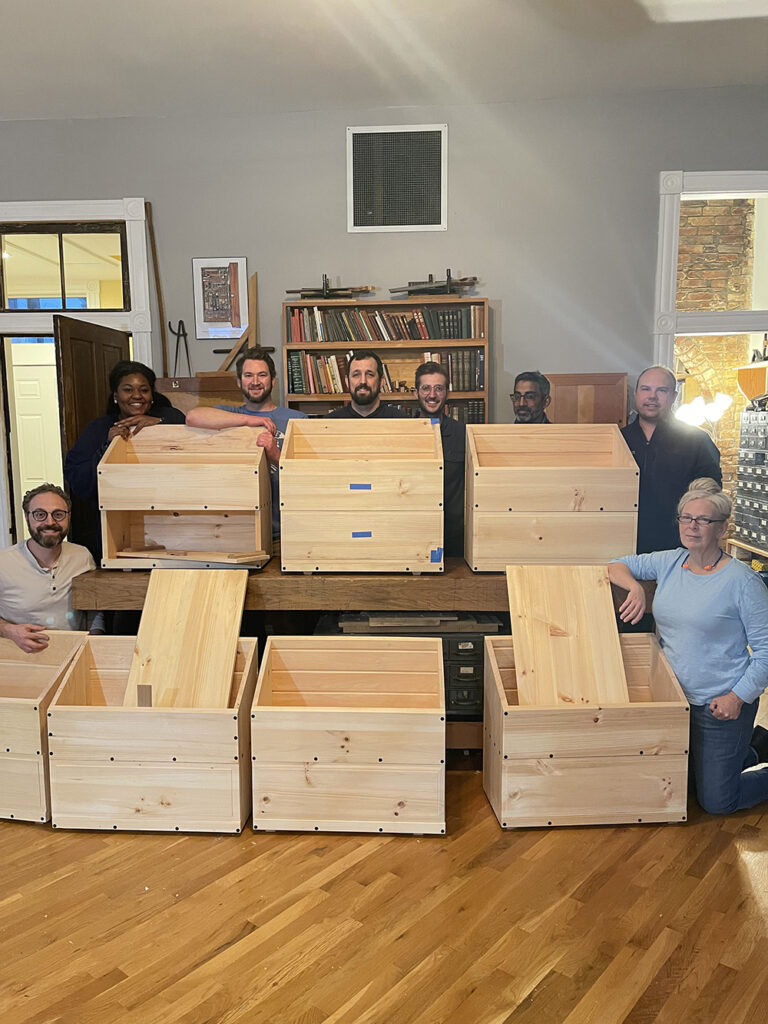
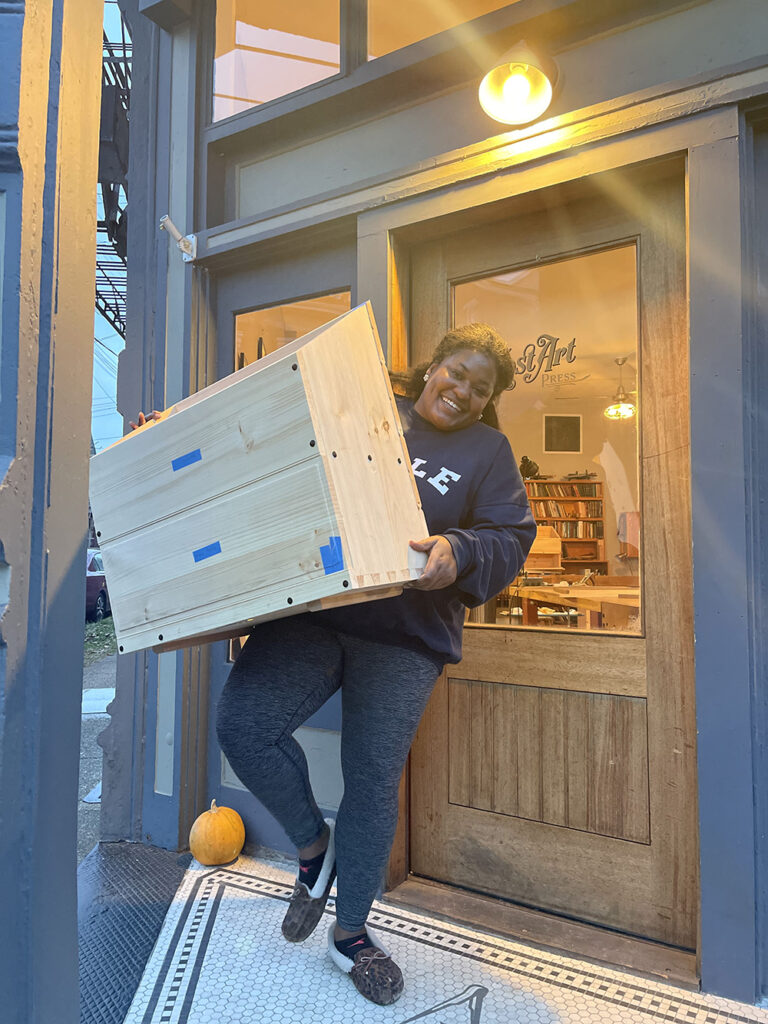
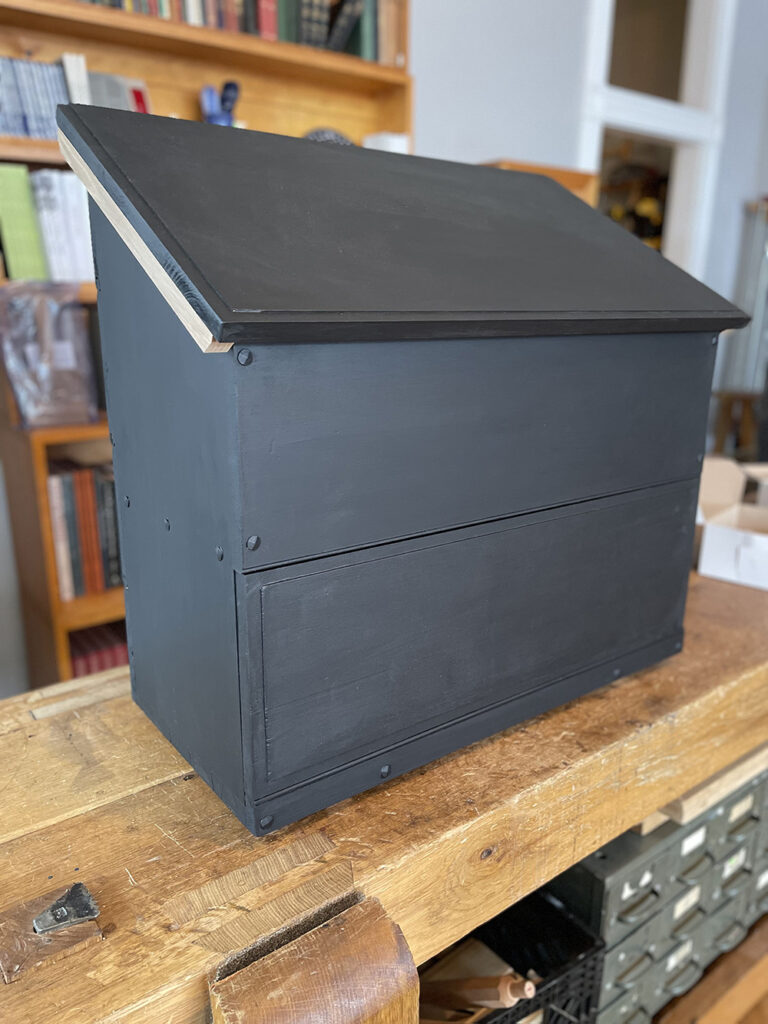
Meanwhile, Christopher wife, Lucy May, worked with Whitney Miller as a digital reporter at WCPO. (Lucy is now host of Cincinnati Edition on 91.7, WVXU.) Lucy introduced Whitney to Christopher, and Whitney took a class at Lost Art Press. It soon became clear that Whitney, with her backstory, passion for making and writing chops, was the perfect fit for writing a children’s book about Boyd’s life. Christopher asked and Whitney immediately agreed.
“For the longest time nothing would happen,” Whitney says. “It would just be one sentence on the page, no matter where I sat. If I went to a bookstore, if I went to a library, I couldn’t get out more than one sentence. I would read and read the research and I would try to come up with something and I would just think, ‘How are kids going to relate to this? How can I speak to kids so they will listen?’ And then I went to that mountain, the magic mountain. And the words just came out.”
Whitney has a friend who owns a retreat area in Whitwell, Tennessee, near Chattanooga called Bolt Farm Treehouse. Last summer they decided to meet and catch up. They originally planned to meet somewhere in the middle but after not being able to find a place, Whitney decided to drive and meet her friend in Tennessee. Along the way she saw fields and cabins – landscapes that looked like, in her mind, what the landscape might have looked like in Henry Boyd’s time. And that’s when the trip started to feel like it was meant to be.
“For me, the book writing process was very reaffirming because of how and where and which it all came out. Because it all came out at time in such a calm peaceful place just meant to me that it was meant to be. The reason I was on the mountain was not planned. The timing in which all the things occurred was not planned. Writing the book was not planned. None of it was planned. But when it happened it happened and it was so good.”
Something similar happened while illustrating the book. At first Whitney says she was frustrated and worried that she bit off more than she could chew. But then she put her journalist hat on and her maker hat on and researched – she figured out what she had to do. And then she found herself unexpectedly back at the magic mountain.
“It was another unplanned trip back,” she says. “And up there my creative juices started flowing so I was able to knock out a lot of pages and the timing was perfect.”
In August, Whitney began to feel the pressure of time. She had a big journalism convention coming up, weddings to attend, and her drawings weren’t done. The day she was flying out to her convention in Las Vegas, she had three more pages to draw. The flight was delayed. So, she began working on the pages. As she drew, the flight continued to be delayed. There was talk of cancellation. Whitney kept drawing. And just as she finished her last page, it was time to board the flight.
Don’t Be Afraid to Try New Things
Whitney recently read “Henry Boyd’s Freedom Bed” to kids at the Saturday Hoops program, held weekly at Lincoln Recreation Center in Cincinnati. Teenagers and parents were listening to it, equally engaged. As were little kids. And then a little girl said Henry looked like her dad. It’s happened several times now.

“I mean, I can’t even,” Whitney says. “That alone was enough for me, because you just don’t realize – when I think back to my own childhood, the books that stood out to me are the books that had people who look like me in them.”
Whitney recalls Addy Walker, a fictional character from the American Girl series, and books about Black inventors that her mom would give to her and her sister.
“I don’t think I ever understood why, but when that little girl said, ‘Oh look, it’s Daddy!’ I thought, ‘Oh, this is why this is so necessary.’”
Whitney doesn’t like to do five or 10-year predictions because life has already taught her that you can’t predict what is going to happen.

“I couldn’t tell you this book was going to happen,” she says, “I’m always just amazed at the plan God has for my life because I think he just laughs at mine. I just know that I will be successful. I see success in my future, period. There’s no way I can fail. Because even when I fail, it’s not failure. I don’t see stopping. Stopping doesn’t happen over here.”
Whitney has always been positive by nature, something she attributes to both her mom and dad. She says those who constantly try to bring positive people back down to earth live from a place of fear.
“Being a realist and not having any hope can be detrimental,” she says. “If you don’t see freedom. You are a slave to your own mind. And I’m not that. And I will never be that. I know there’s no limit. It’s like infinity and beyond for me.”
That said, she differentiates being a realist from keeping it real. When speaking with younger generations, she sees that for some, it’s more difficult for them to cope with truths. So Whitney says she doesn’t sugarcoat. But she also doesn’t speak in absolutes.
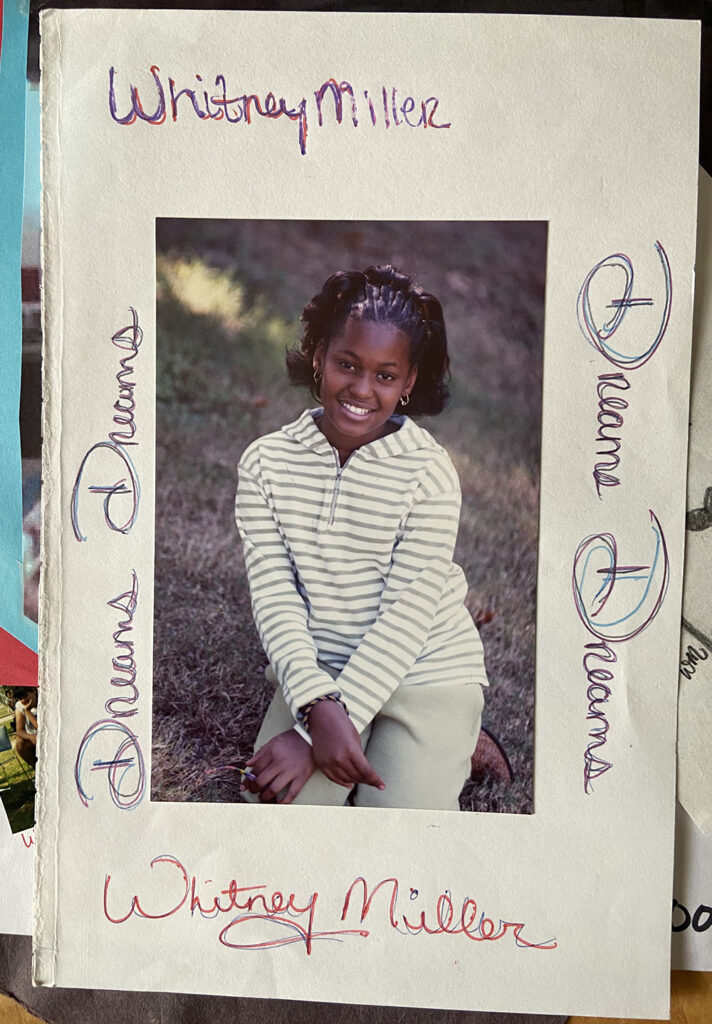
“We live in such a time that anything can happen,” she says. “You can go viral tomorrow for some silly TikTok you did, and then somebody discovers, Oh, wait, there’s some substance to you because they were on your page just looking at the silly little thing you did. We live in such a world where opportunities come at the blink of an eye.”
Whitney also credits the divine.
“There’s no way that I sat next to Lucy, we talked about wood, she introduced me to her husband who is a woodworker, who writes freaking books, you know what I’m saying?” she says. “I take a class and then all of a sudden he says I should write a book. Oh, you think you can draw a book? There is no realism in that – there is no reality in that. That is some hocus pocus shit. That is, literally, Jesus. There is no other way. I was not thinking about trying to write a book. I didn’t plan this. And I don’t take it for granted that there are people who have stories they want to tell and who are really trying to figure out how to do it.”
Fear, doubt and limiting thoughts, Whitney says, are so often what gets folks stuck.
“I just want people to not be afraid to try new things,” she says. “I think that’s what Henry Boyd did, out of necessity, and I think that’s what I did with my life, too. I figured out a job because I needed the money. I knew I wanted to be a journalist by any means necessary and I figured it out. You can’t be afraid to figure it out. That’s my lesson: Don’t be afraid to figure it out.”
— Kara Gebhart Uhl

